Alcohol levels in wine have been creeping up for years. The sweet spot for alcohol by volume (ABV) used to be around 12% to 13%. High alcohol wines at +14% and even +15% abound in today’s marketplace.
What you might not know about ABV is what wine producers put on the label isn’t the real story. The real story is that the alcohol level in the bottle can be higher or lower. What does that mean to the average wine drinker?
Let’s start with the rules.

Required Alcohol Content Disclosures for Wine
The U.S. government, through the Alcohol, Tobacco Tax and Trade Bureau, Department of the Treasury, created an alcohol content disclosure code for all wines sold in the country, both domestic and imported.
You can find the alcohol content requirements for wine here: 27 CFR 4.36. In layman’s terms, this means:
A. Disclosure on the wine label
- required for wines with alcohol levels greater than 14%
- voluntary for wines with less than 14% ABV
- not required for “table” or “light" wines
- 1% for wines stated as more than 14% ABV
- 1.5% for wine stated as 14% or less
Some producers label their wines at 12.5% giving them the flexibility of a range of 11% to 14% in the bottle.
For math geeks, the calculation is:
ABV = (Original Specific Gravity - Final Specific Gravity)/7.36 * 1000.
Specific gravity measures the density of a wine and is used to measure the level of alcohol in the finished wine. It must be adjusted for temperature. Winemakers use refractometers and hydrometers to estimate final alcohol levels during the winemaking process.

What Does This Mean for Wine Drinkers?
Most importantly, the percentage of alcohol in the bottle is often not what it shows on the label. This is due to the fact that US Regulations, as determined by the TTB, allow for wiggle room in labeling wine and alcoholic beverages.
Think about that the next time you purchase Zinfandel with a label that shows 15.5% ABV. The wine inside could be up to 16.5% ABV. If you buy a wine thinking it is (only) 14% ABV, it could be as high as 15.5%.
If you have ever tasted vodka or grain alcohol, you know that alcohol gives you a warm or hot sensation. The same happens in wine depending on how high the alcohol level is.
You can sense the alcohol from the way the wine feels in your mouth. The way a wine feels in your mouth is called the ‘body’ of the wine.
The higher the alcohol, the stronger and more viscous the wine tastes and feels. The lower the alcohol, the lighter the wine tastes and feels.
The same holds true for the impact of the alcohol in your body: the higher the alcohol, the more you will feel its effects.
Wines can range in alcohol from around 5% to as much as 20%. There is no ‘ideal’ level of alcohol. Preferred levels depend on the winemaker and the wine drinker.
The balance of alcohol, acidity, sweetness and tannins interplay in the final taste of a wine. When people talk about a ‘balanced’ wine, they mean that none of these elements stand out more or less than any other.
However, some winemakers and wine drinkers may prefer an ‘out of balance’ wine, one that is sweeter, more acidic, more tannic or higher in alcohol.
This is partly because some people taste alcohol as bitter or as sweet, while for most of us the taste is neutral. Everyone has their preferences.

How Winemakers Control Alcohol Levels
The amount of potential alcohol starts in the vineyard. As grapes ripen and harvest approaches, the natural sugars in the grapes increase. As the amount of grape sugars increase, so too does the potential alcohol in the final wine increase.
Then in the winery, grapes go through alcoholic fermentation, which is a chemical process. Yeast (either natural or added) converts the sugars in grapes into alcohol. It is here where winemakers determine the amount of alcohol for the style of wine they want to make.
For a dry wine, most sugars are converted into alcohol. For a sweeter wine, the winemaker stops fermentation when the desired level of sweetness is reached. Every wine has at least some level of remaining sugar because not all sugars convert.
For most winemakers, a wine is considered “dry” when there is less than 1 gram/Liter of residual sugar. Most tasters would have a hard time detecting sugar in a wine with less than 0.7 grams/Liter of residual sugar; the perception of the wine would be dry.
Also, as the alcohol level changes, certain complex esters are released. These are compounds which impact the taste and smell of the wine.
Most winemakers intend to create balanced wines. Every wine will have a unique combination of sugar, alcohol, acidity, and tannin (for red wines.)
Winemakers can supplement sugar or alcohol after fermentation by adding sugar or grape juice or additional alcohol, for example, in a fortified wine. Adding water to dilute a wine that is too alcoholic is another way to manipulate a wine.
There is also a mechanical way to reduce or remove alcohol (de-alcoholisation) from a wine by using a spinning column or centrifuge to lightly heat the wine in a process in which alcohol is evaporated. This is how non-alcoholic beer and wines are produced.
In most wine regions, local regulations determine what winemakers can or can’t add to a wine.

Alcohol Measurement Tips to Remember
- Higher sugar accumulation in grapes = higher alcohol.
- Hotter, warmer climates and regions tend to produce wines higher in alcohol.
- More sugar converted into alcohol during fermentation = higher alcohol and drier (less residual sugar) wine.
- Wines with higher tannin levels tend to have higher alcohol to stay in balance.
- The % ABV on the label is not necessarily the % in the wine. It can be within a range.
- Alcohol levels don’t change after wine is bottled (unless the wine is flawed and re-ferments in bottle due to some residual sugar)
- Serving temperatures impact the sense of alcohol in the mouth: colder temperatures will mute the sensation of alcohol and make the wine taste “cooler” and less “hot” in the mouth and throat.
- When wine is heated during cooking, the alcohol is reduced.
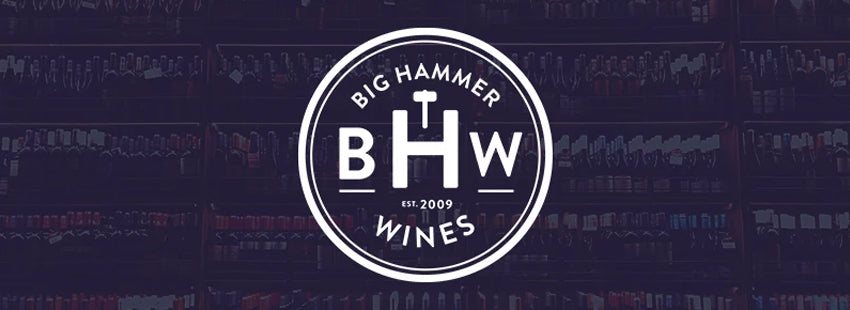
Big Hammer Wines Knows the Details of Winemaking
With decades of experience in all aspects of the wine trade, Big Hammer Wines knows all the secrets of the business. Our professional staff scours the world seeking out the best wines at the best value. We won’t sell you adulterated wines or wines with added sugar. You get pure wines made with care and integrity. Trust us to deliver quality wines at reasonable prices.
Consider joining the BHW Real Wine Club which follows strict guidelines to choose wines of quality and value. Our wines are:
- lab tested to guarantee quality
- not adulterated with dies, coloring agents, unnatural chemical agents
- lower in alcohol (<14%)
- lower in sugar (< 2 g/L)
- selected from small producers, often with limited availability
- low in sulfites (<75ppm)
Big Hammer Wines
The wine experts at Big Hammer Wines taste thousands of wines every year from around the globe, looking for quality and value. This special offer reflects the passion we have for our clients.
Discover the world through its wines, ClickHere! Visit Bighammerwines.com and become a wine expert!
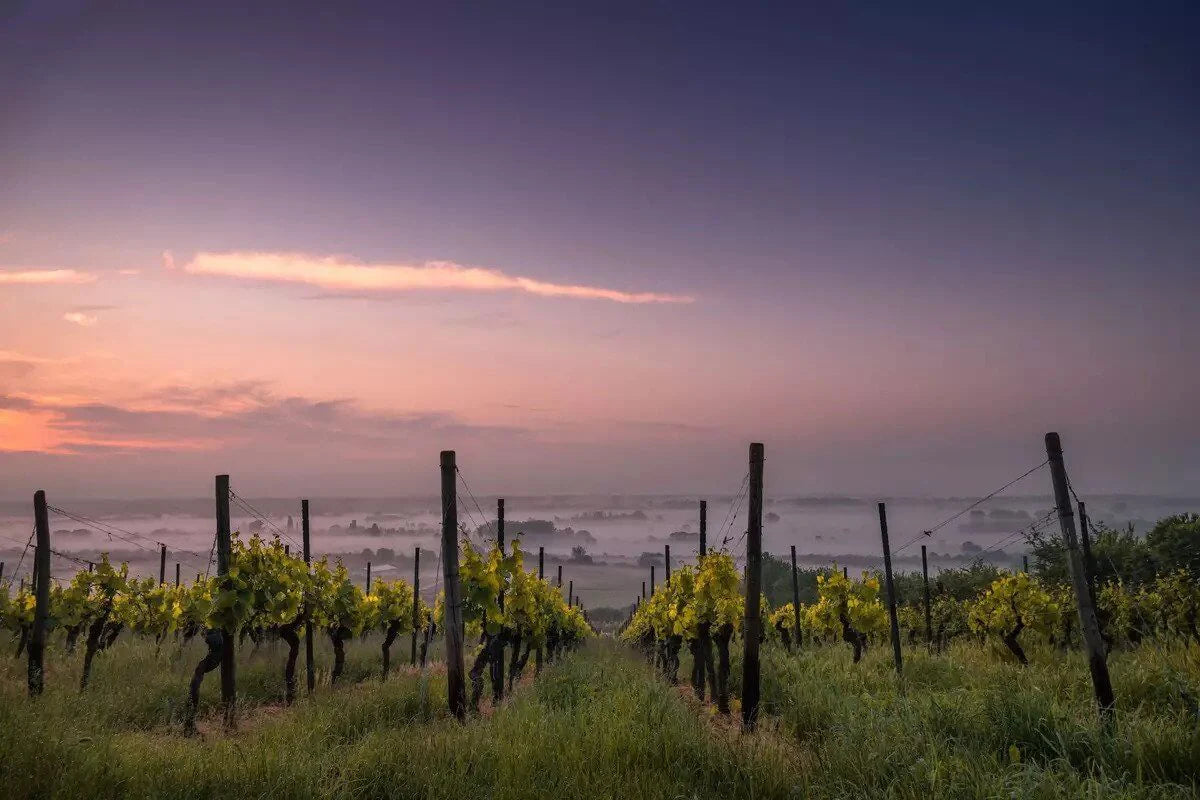
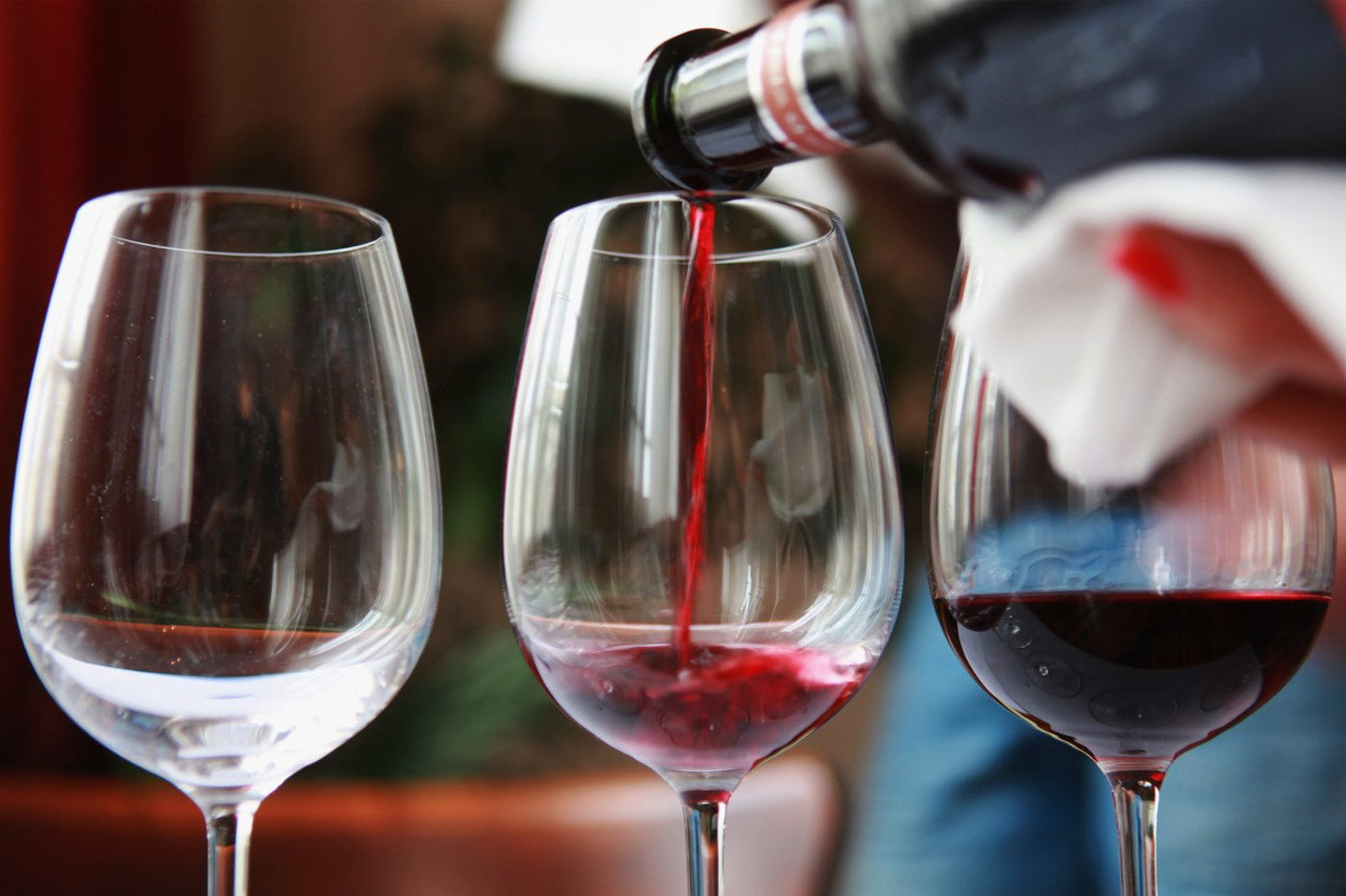
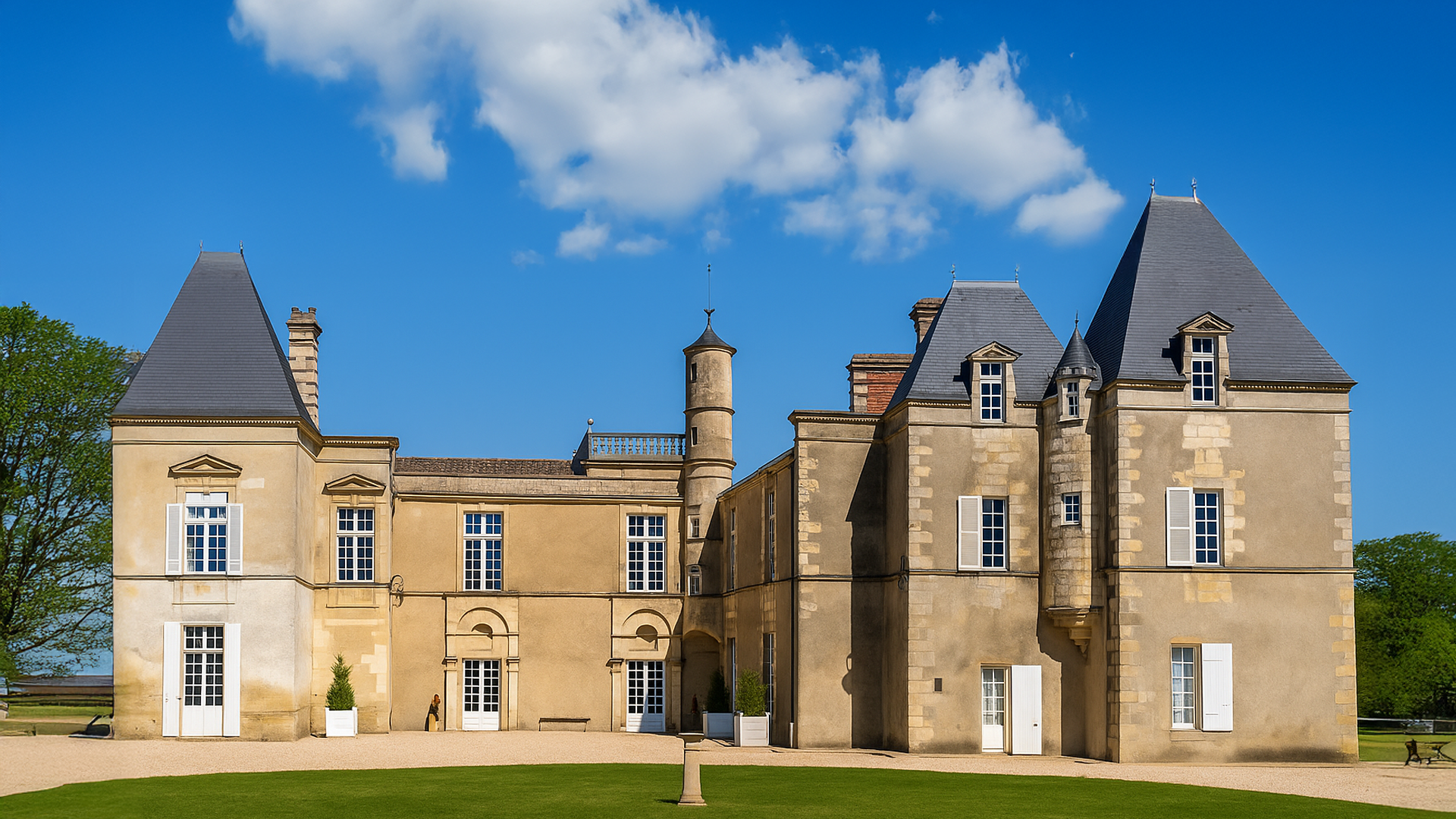

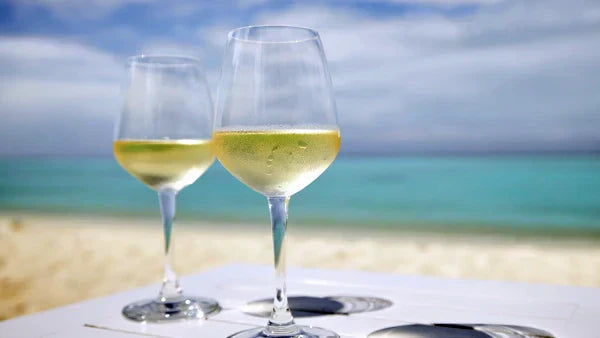
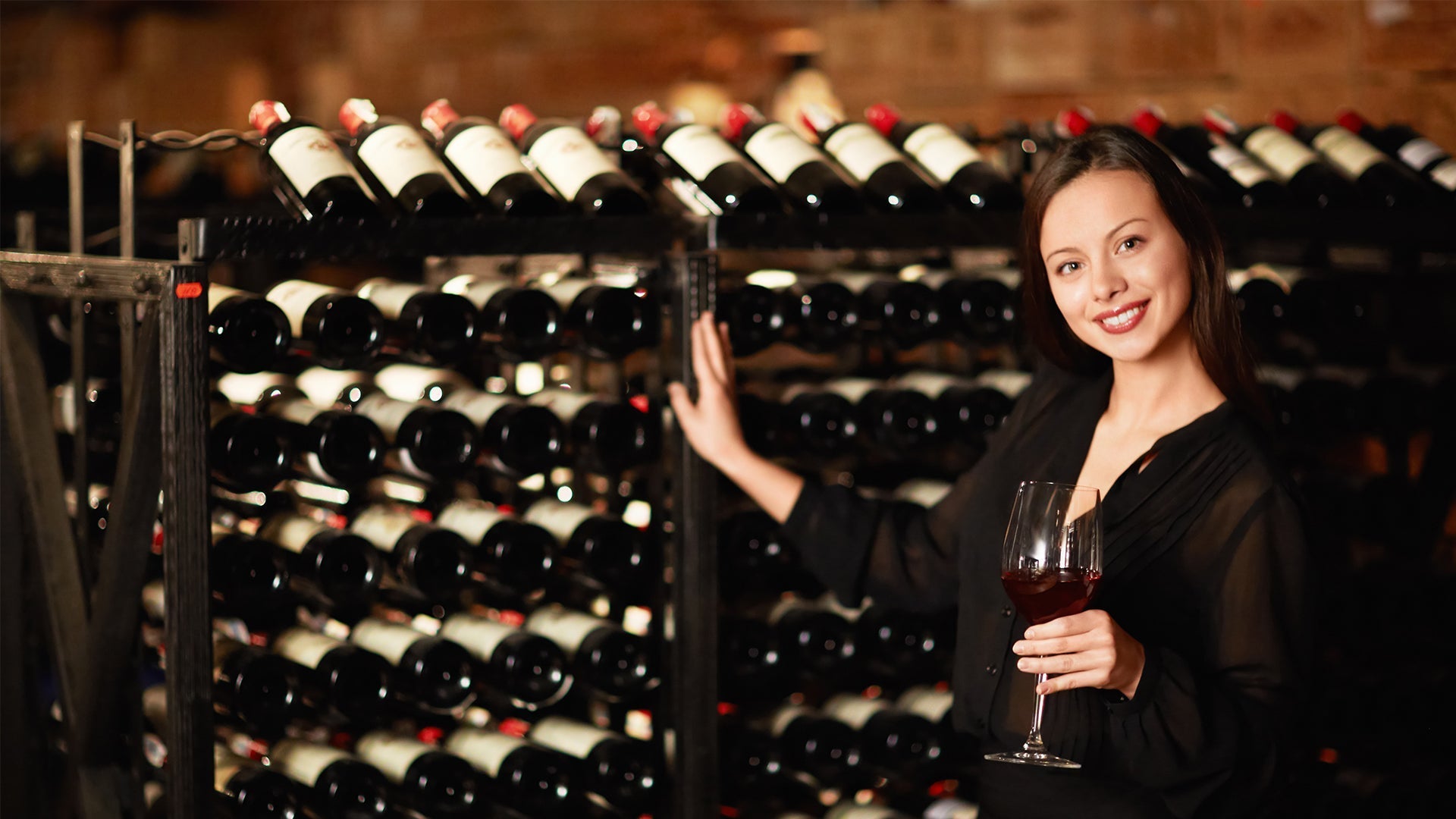

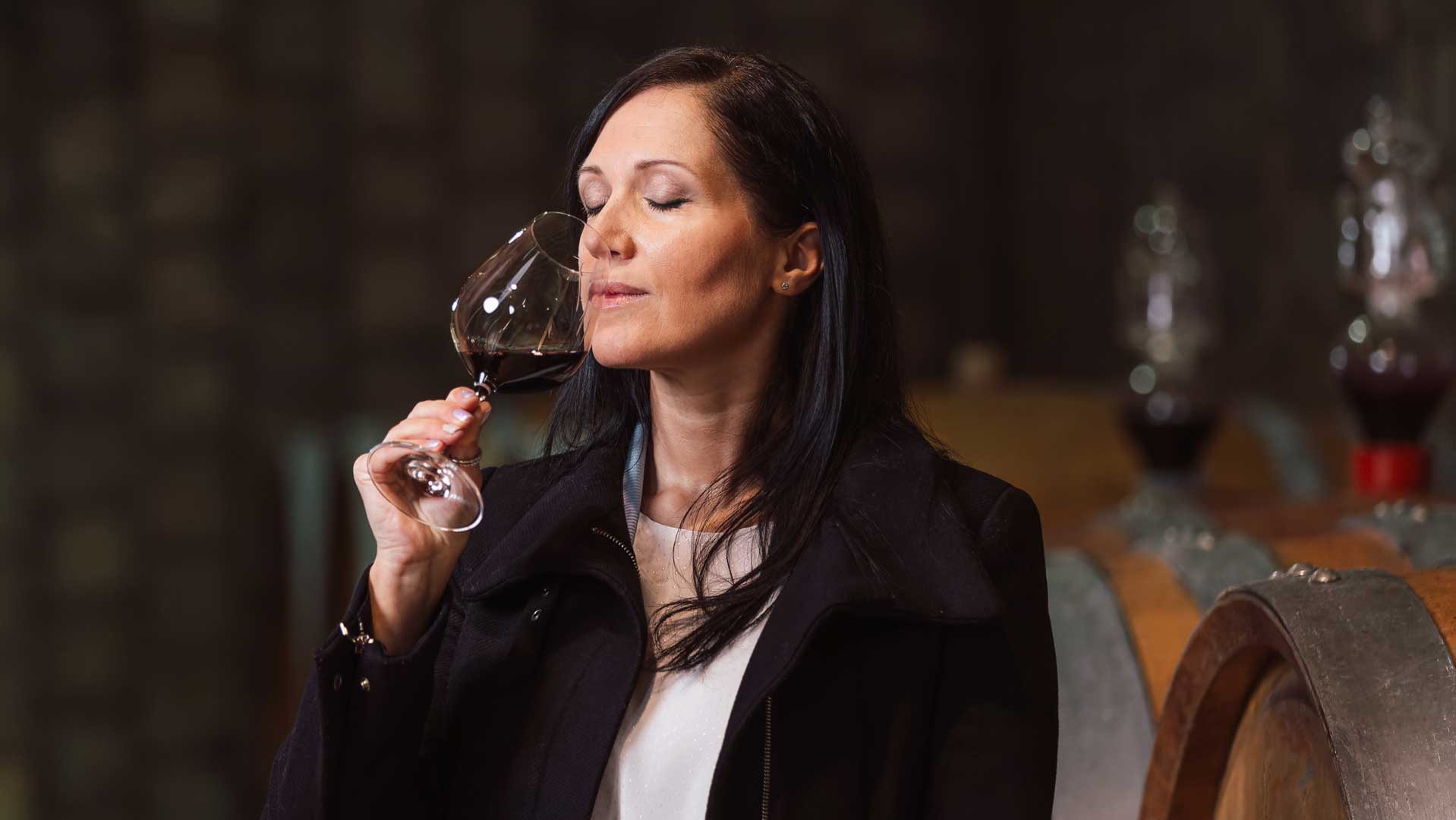
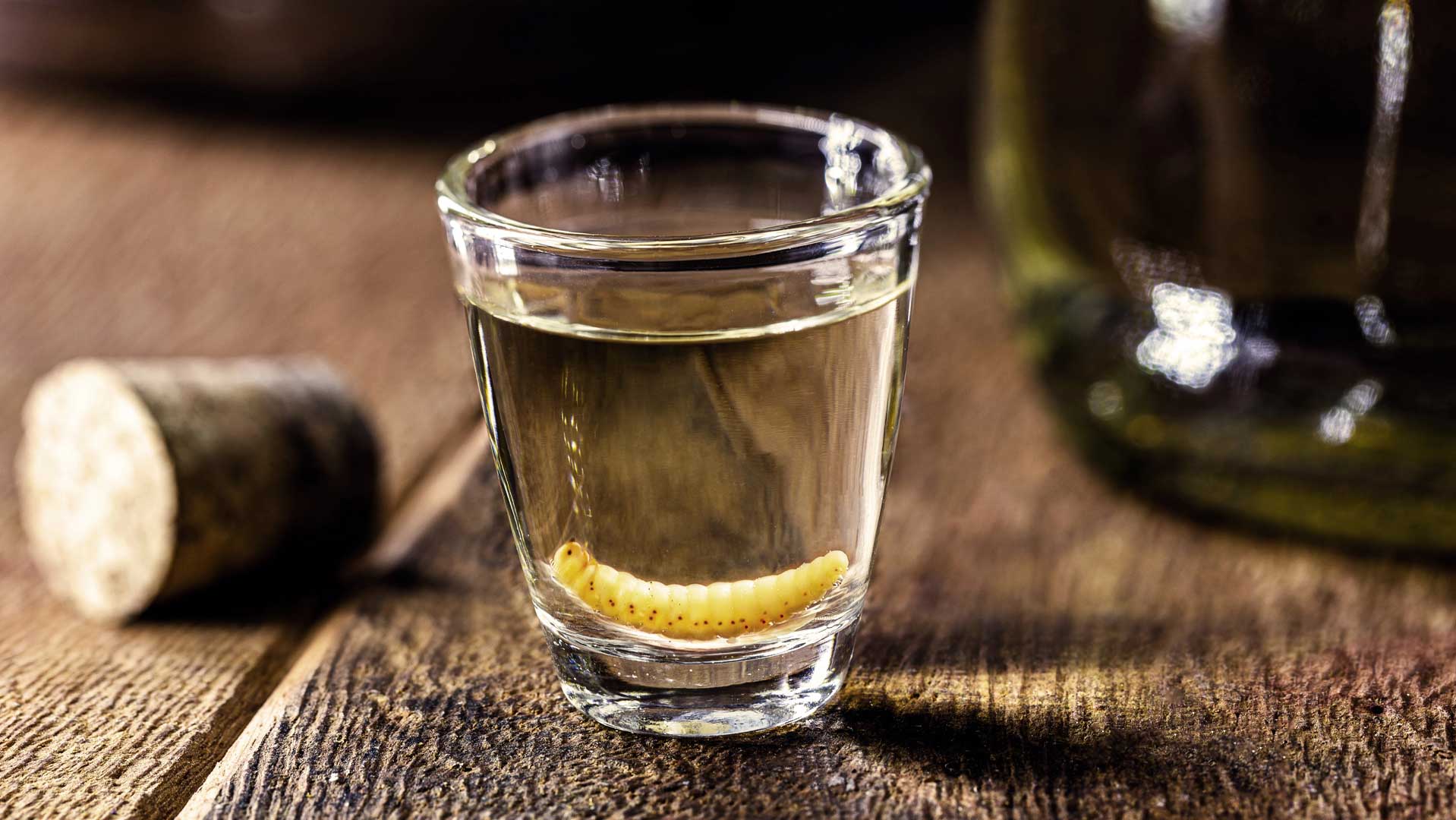
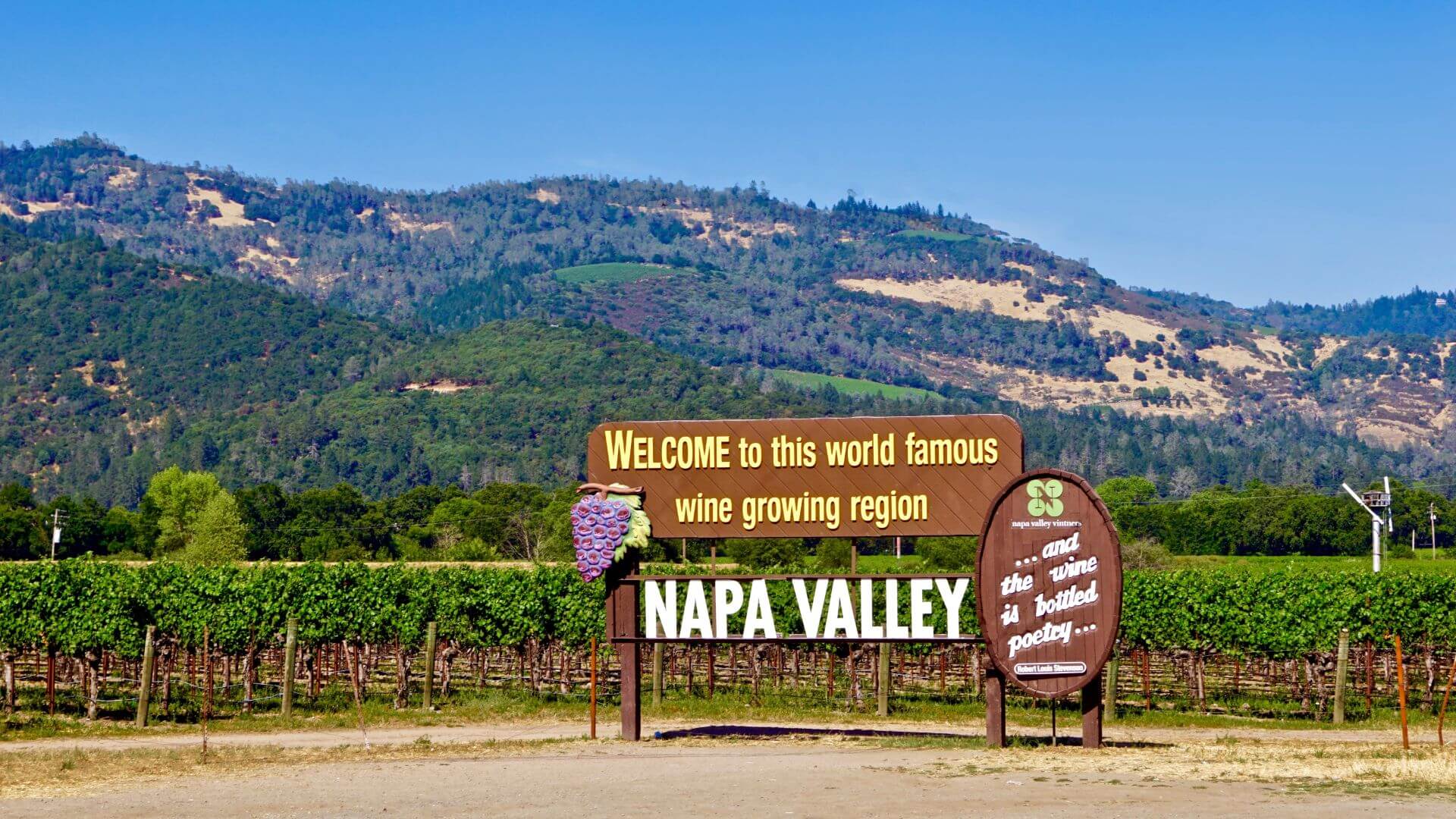
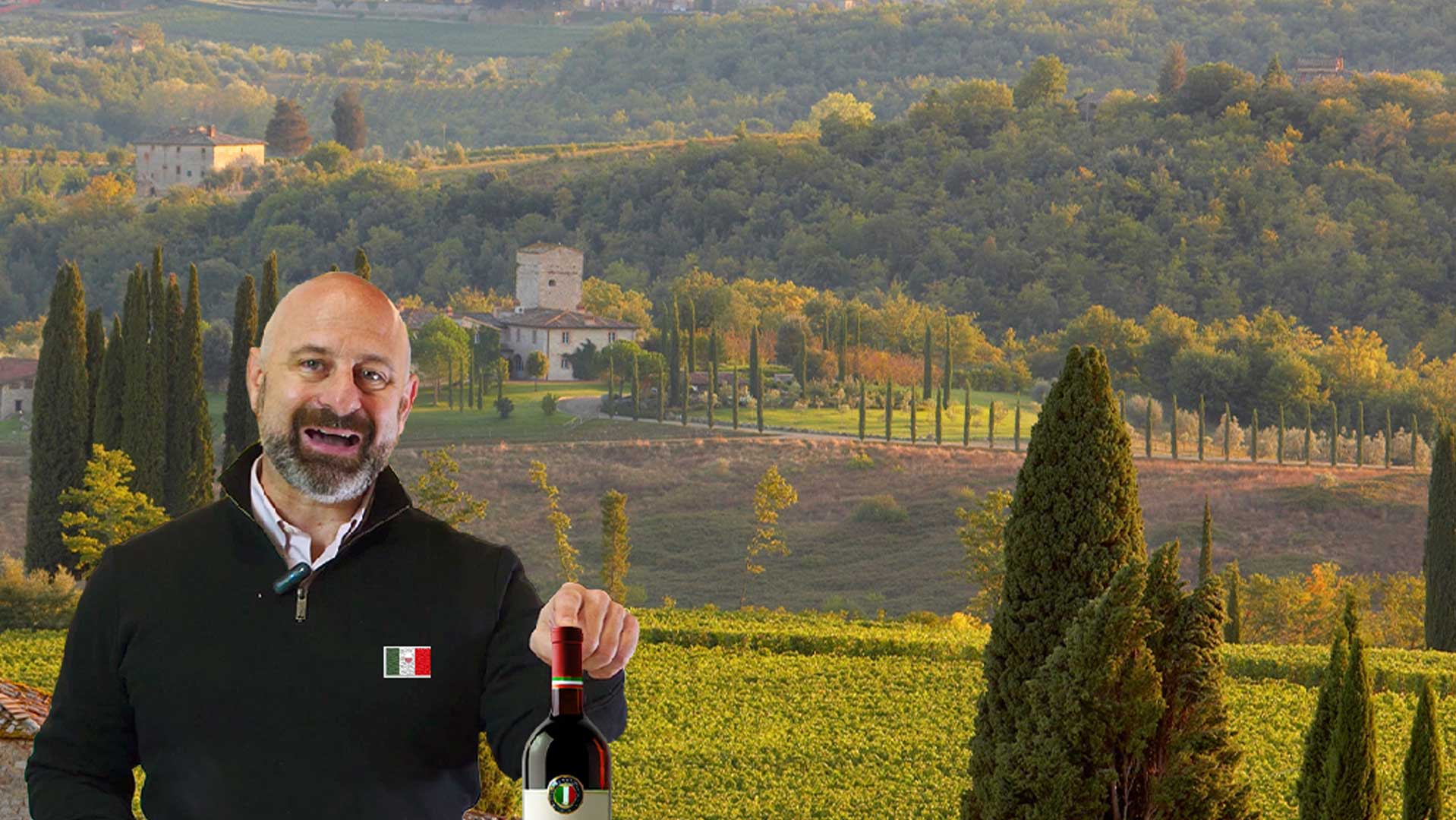
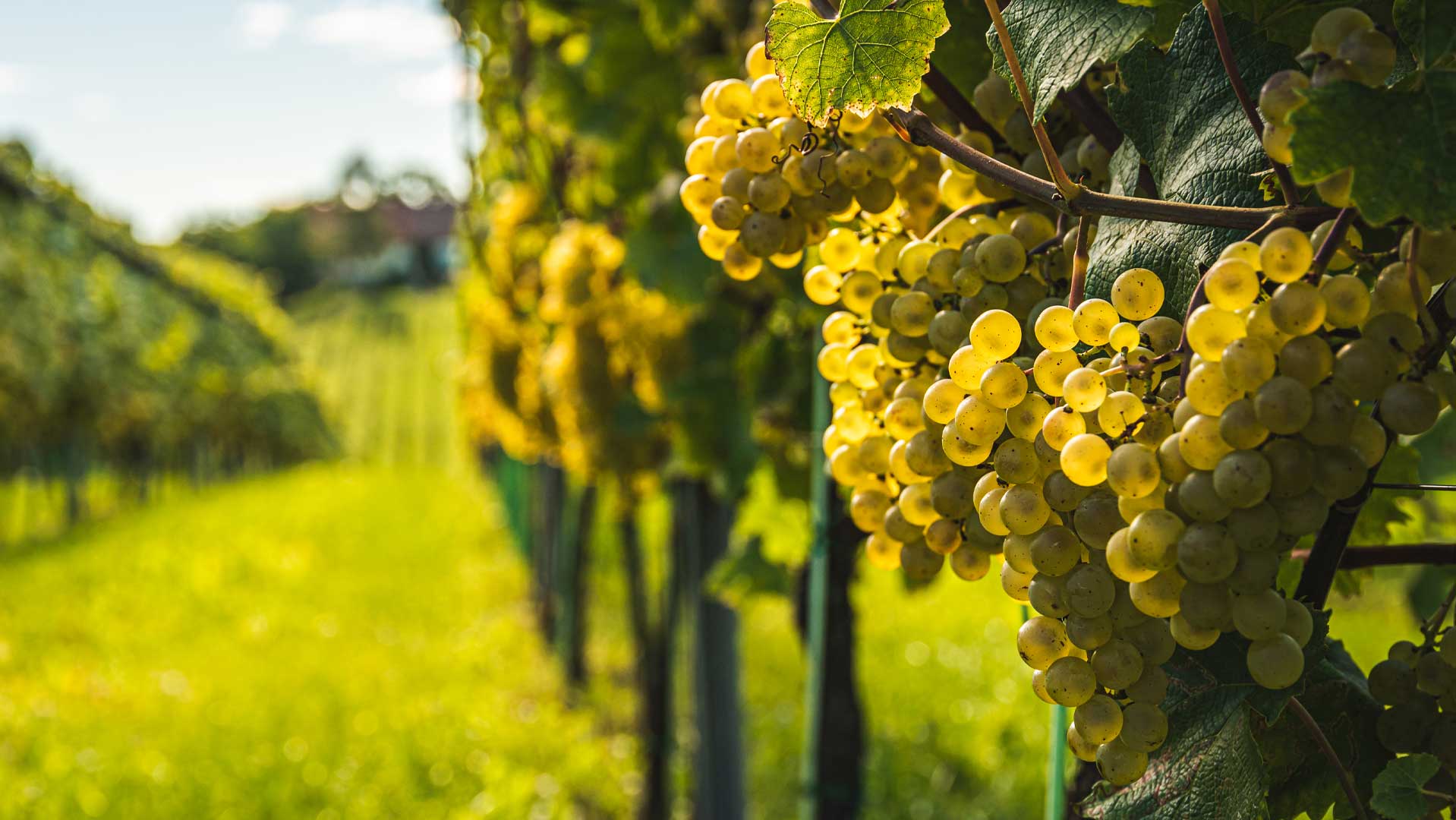
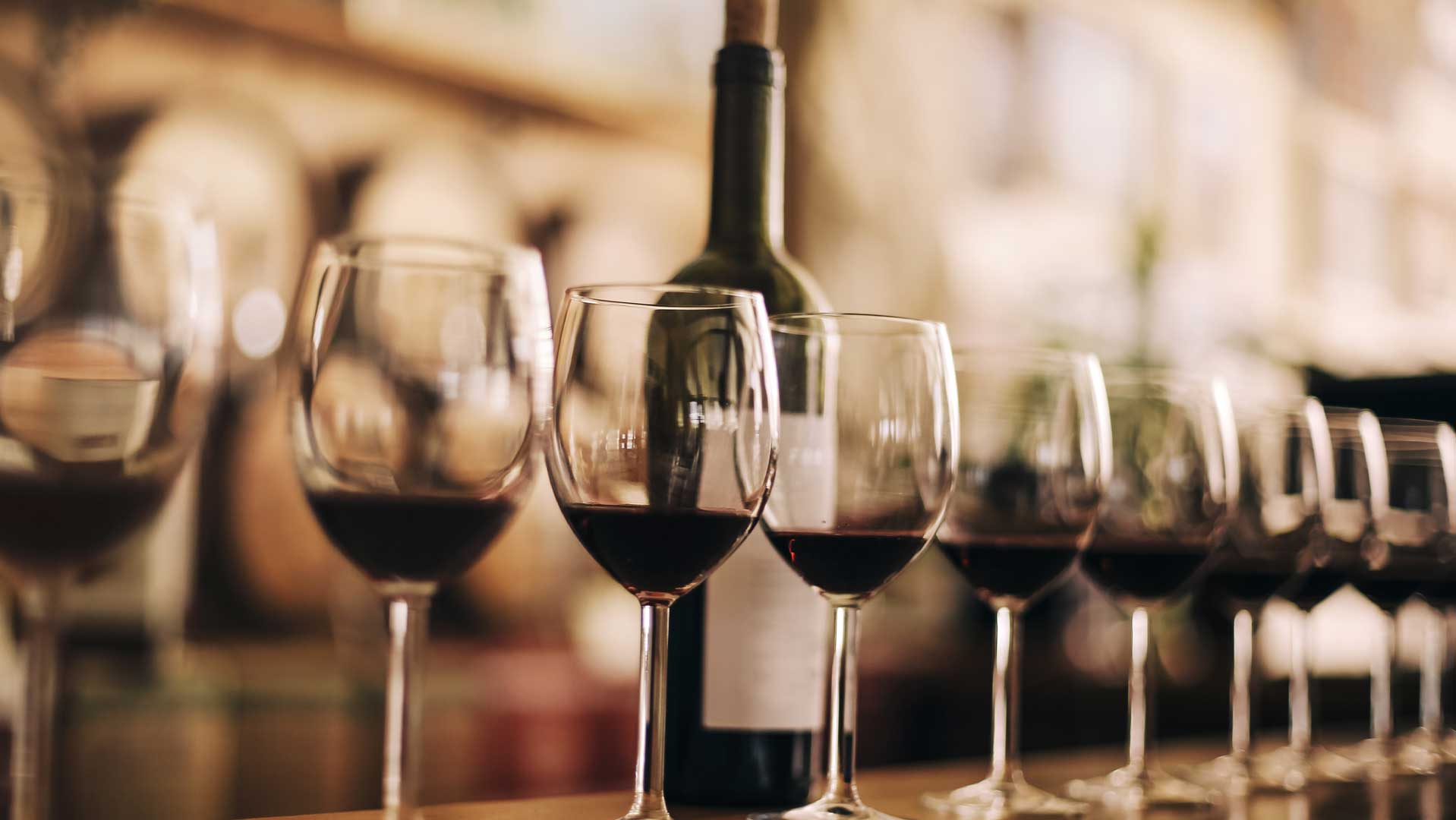
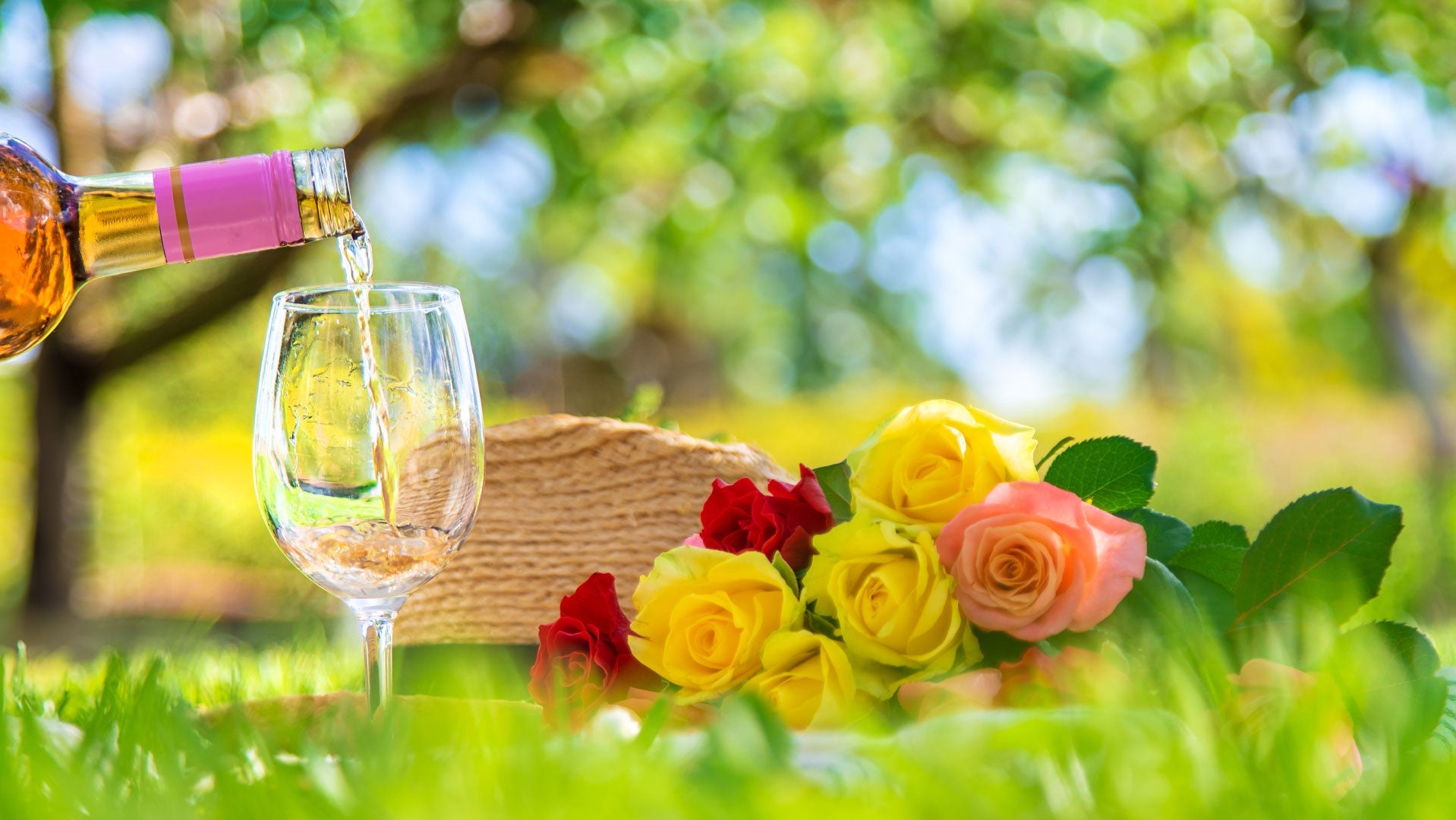
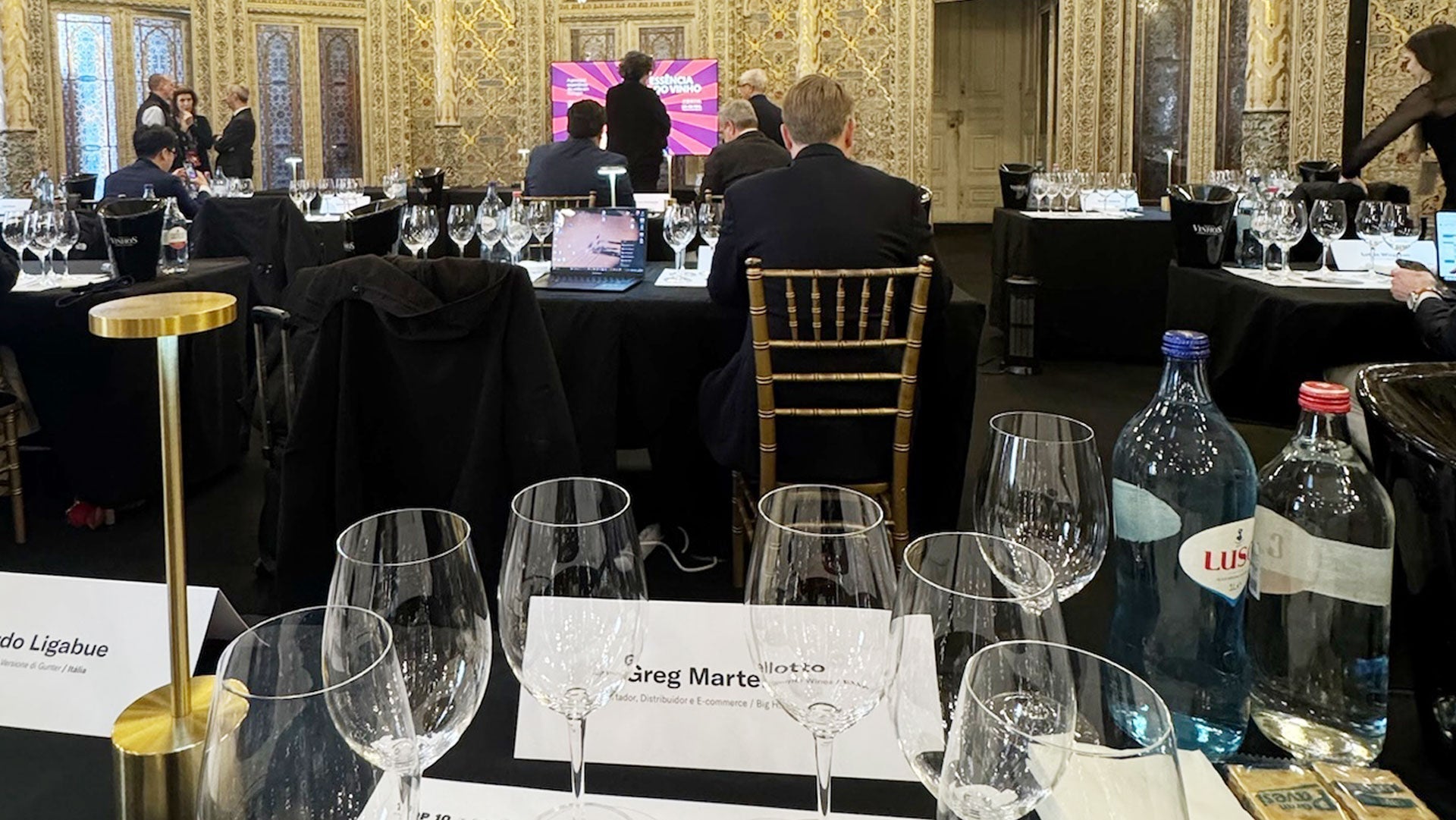

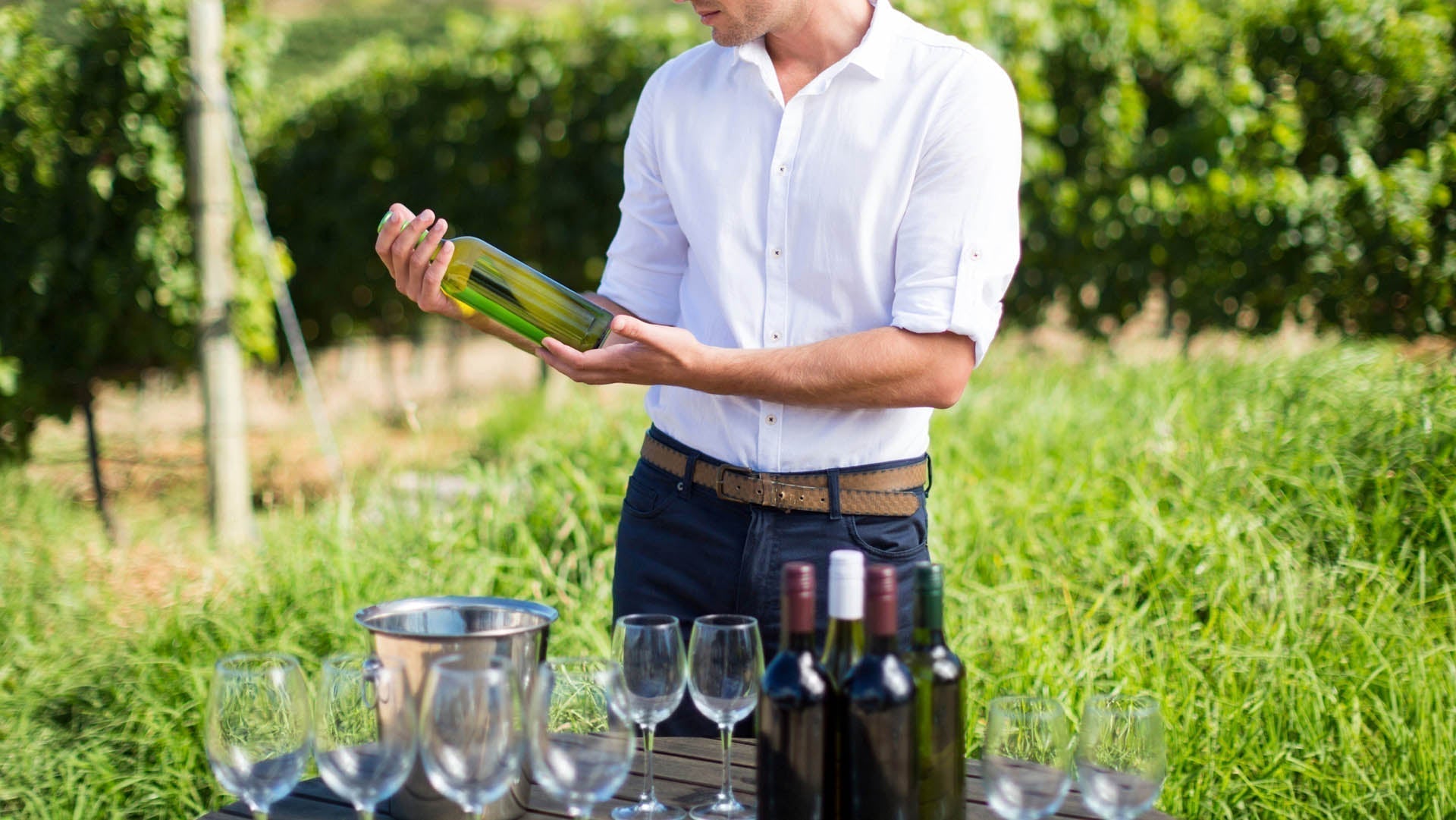
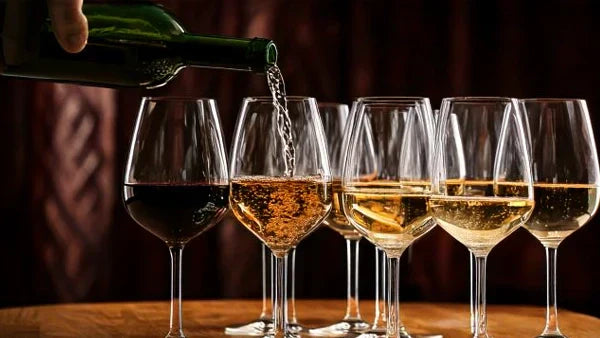
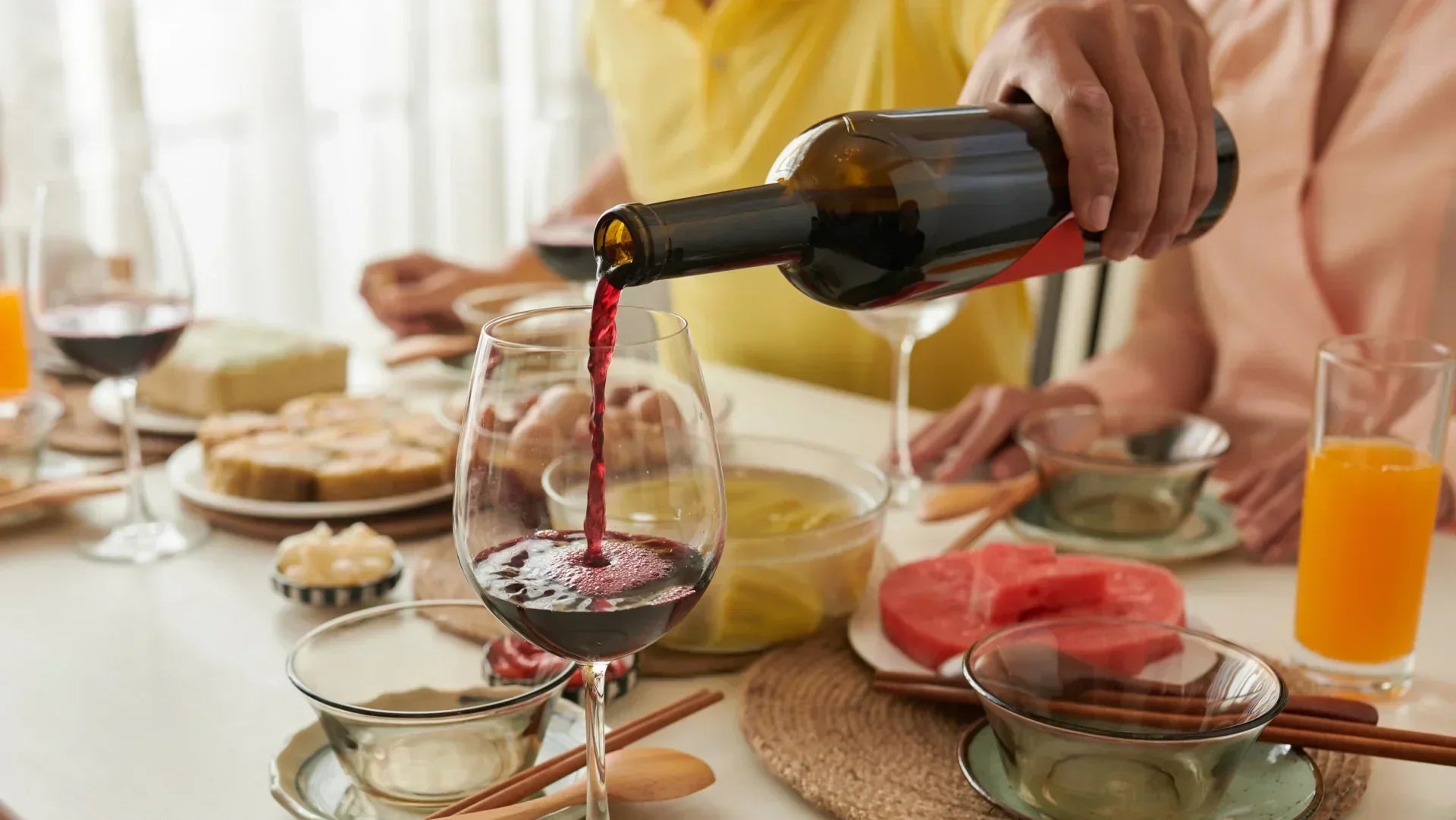
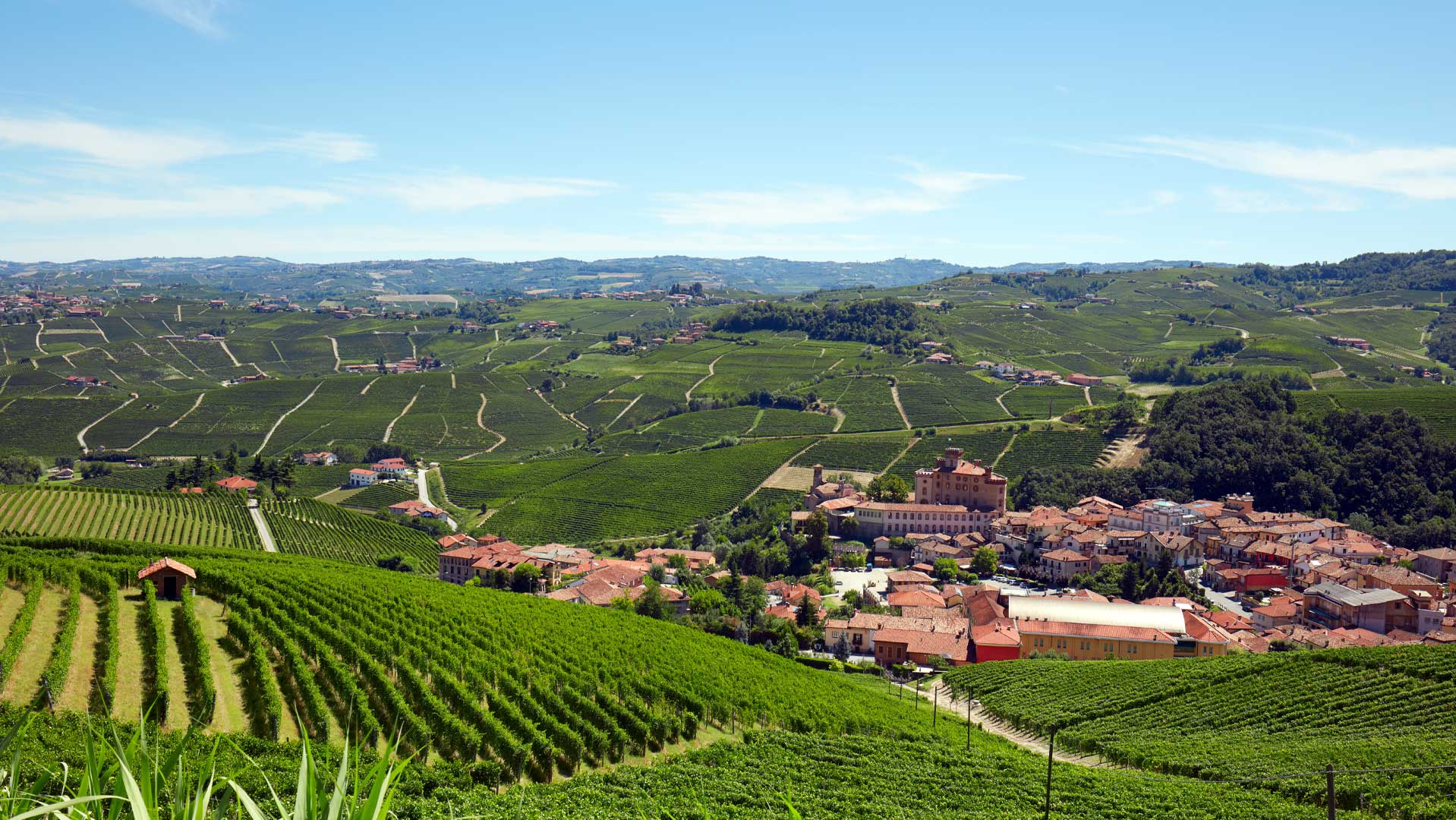
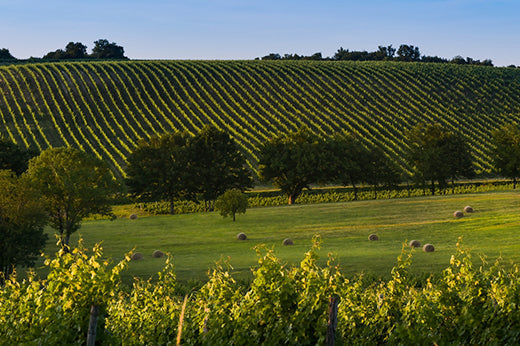

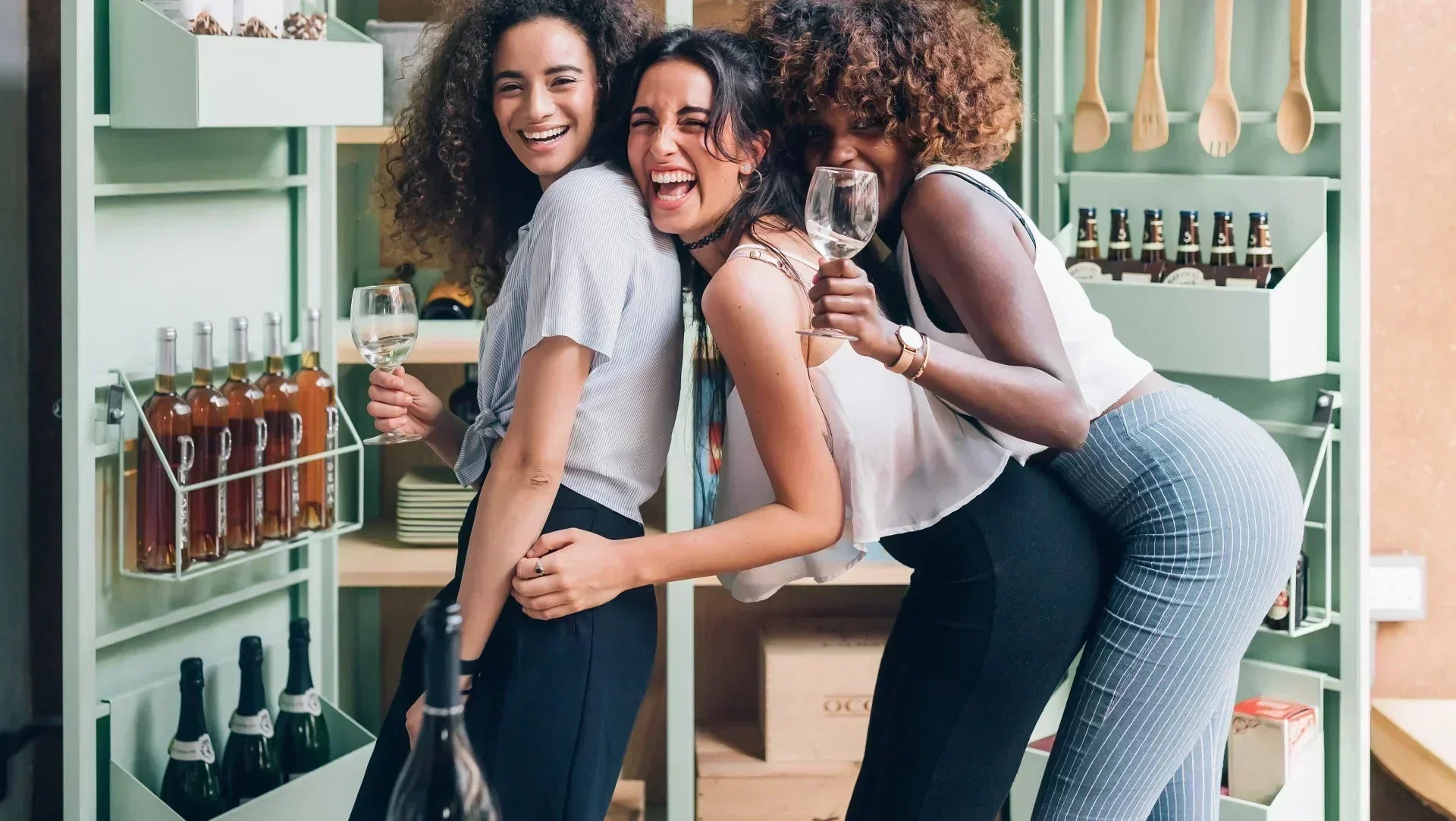



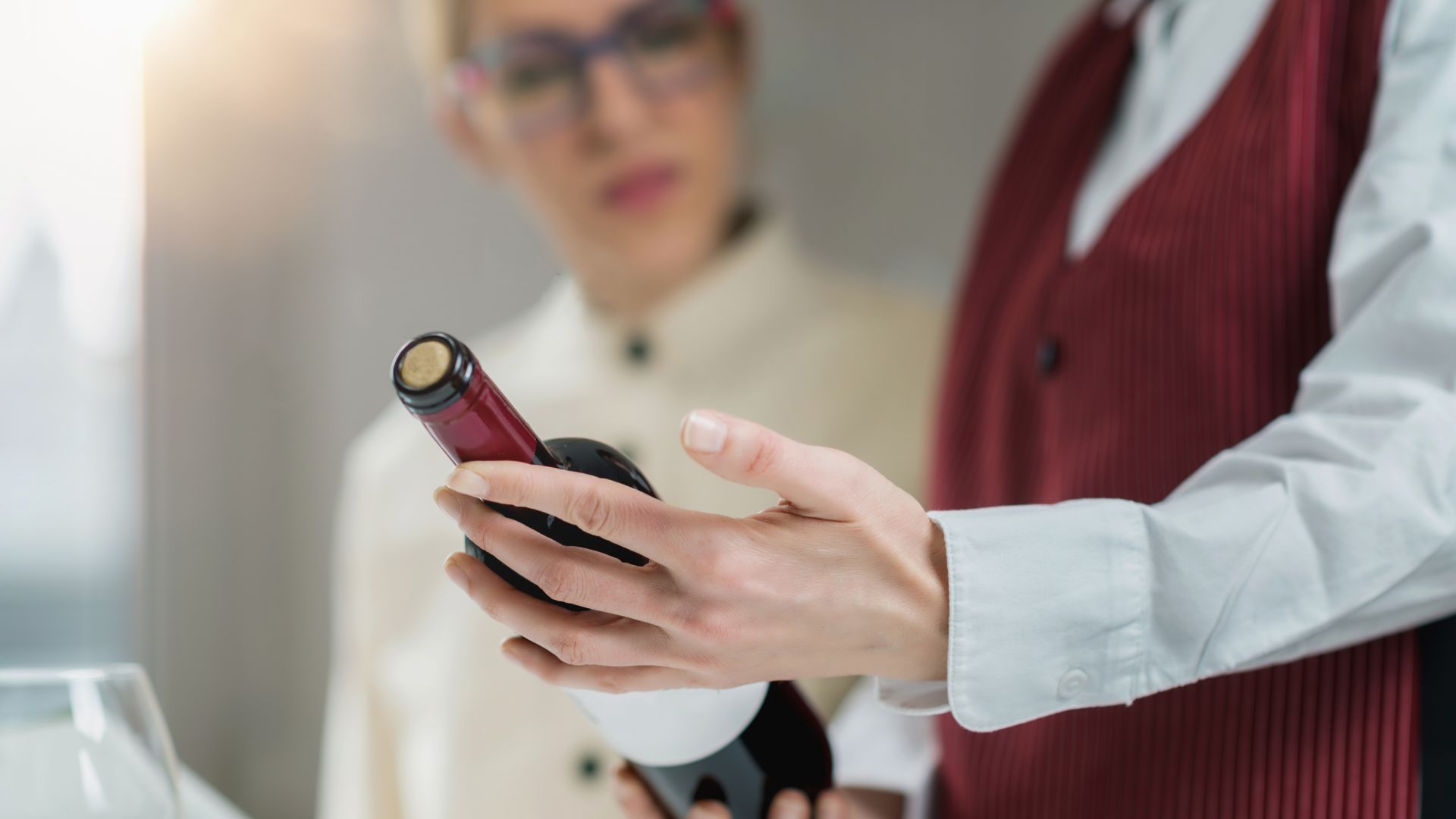
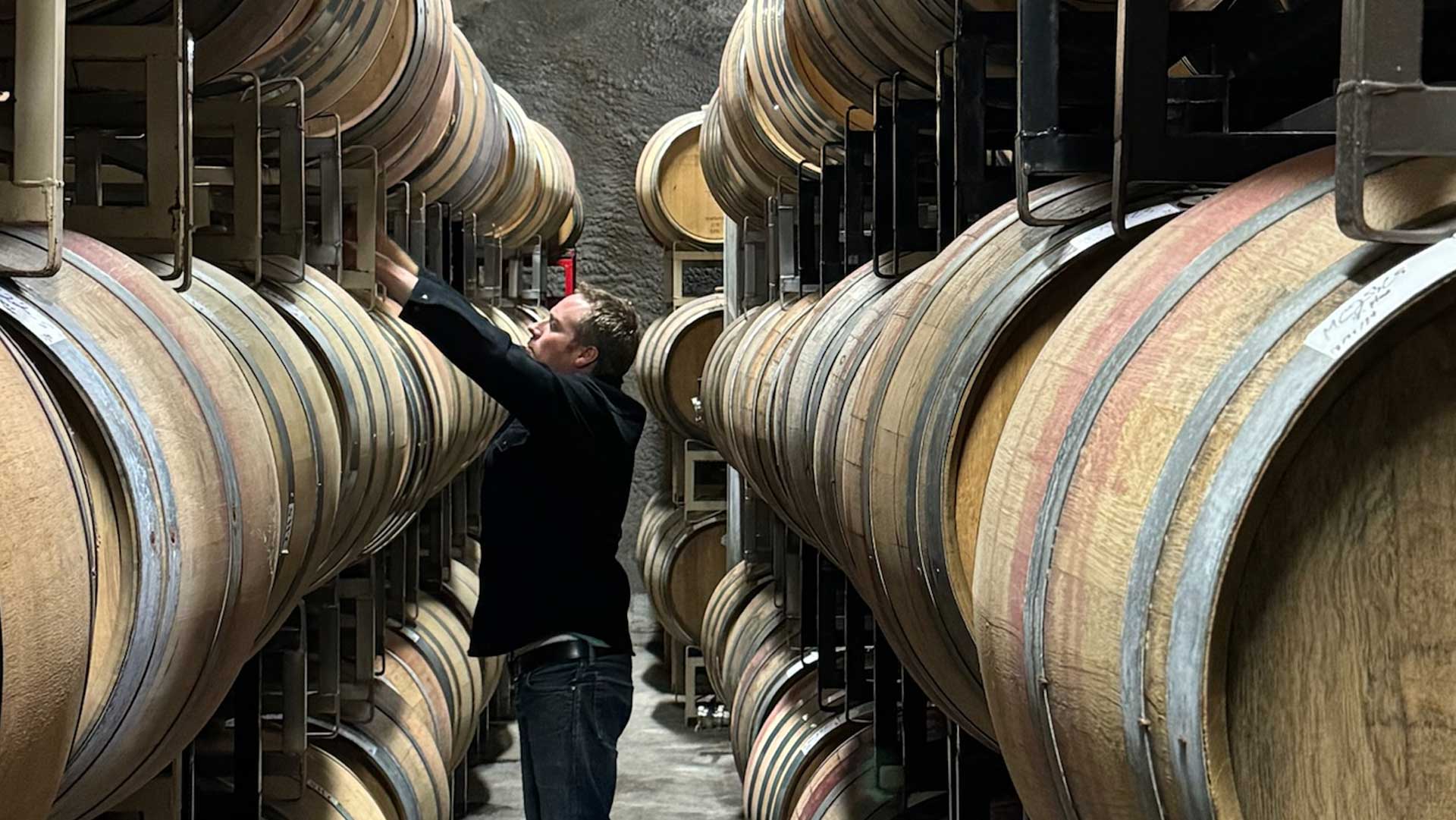
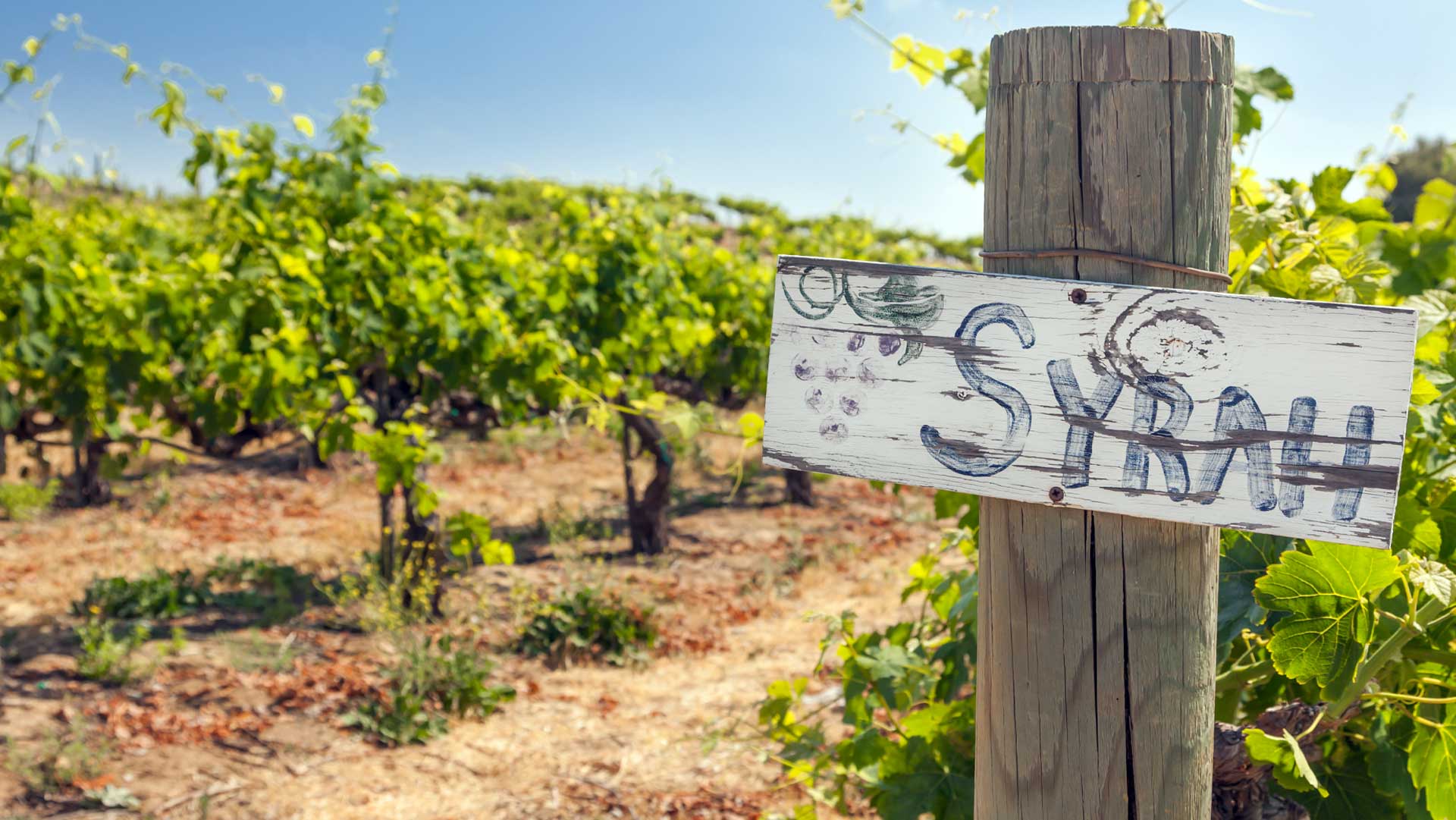
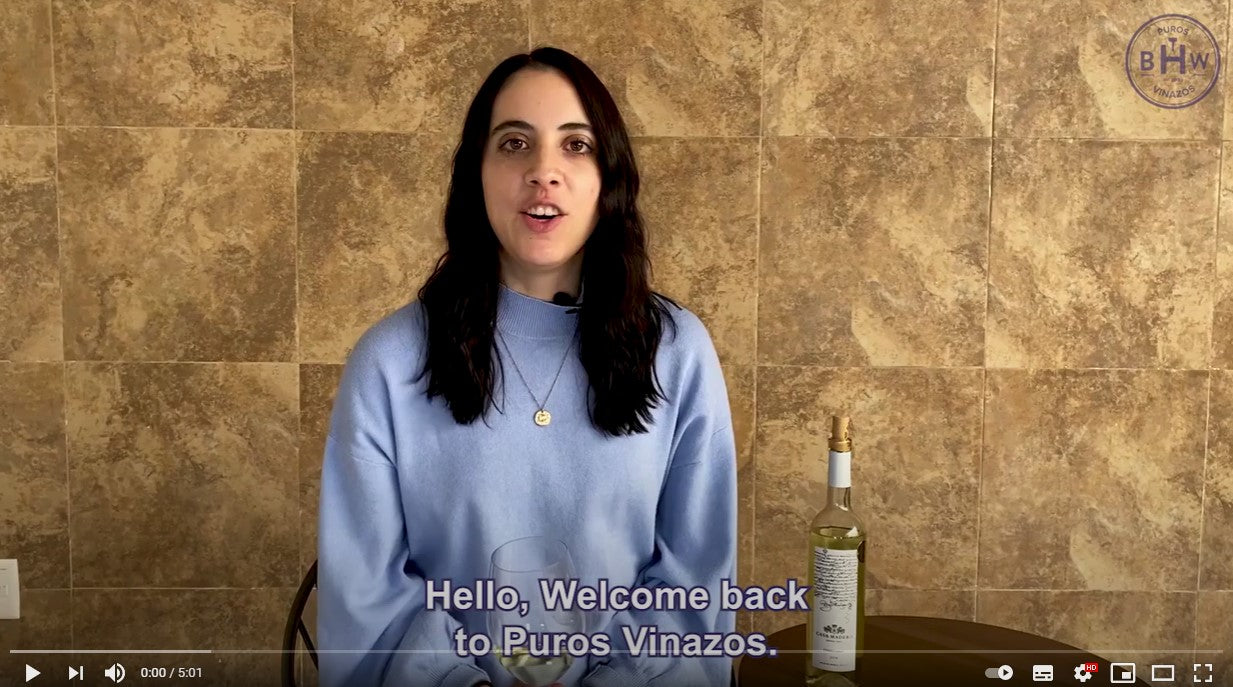
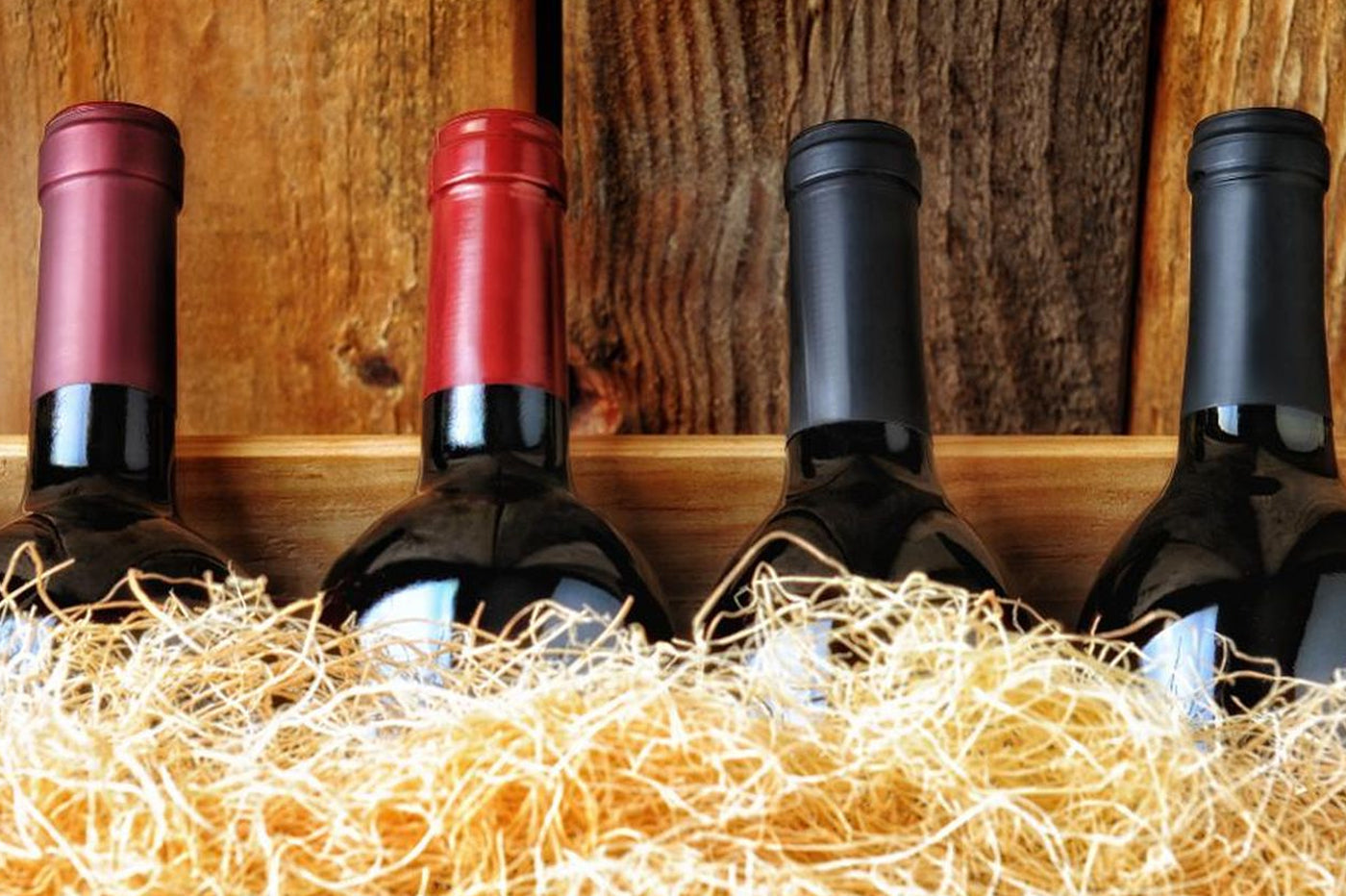
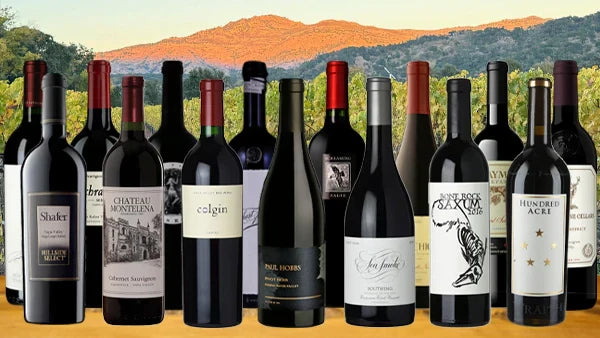
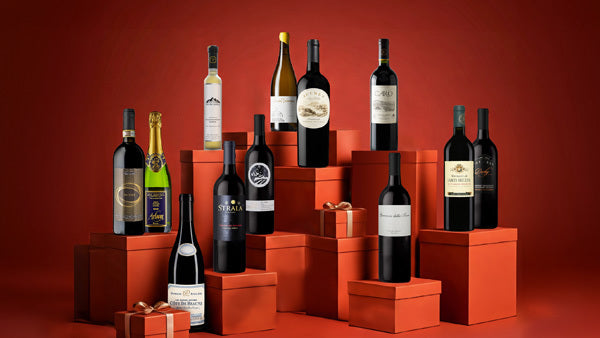
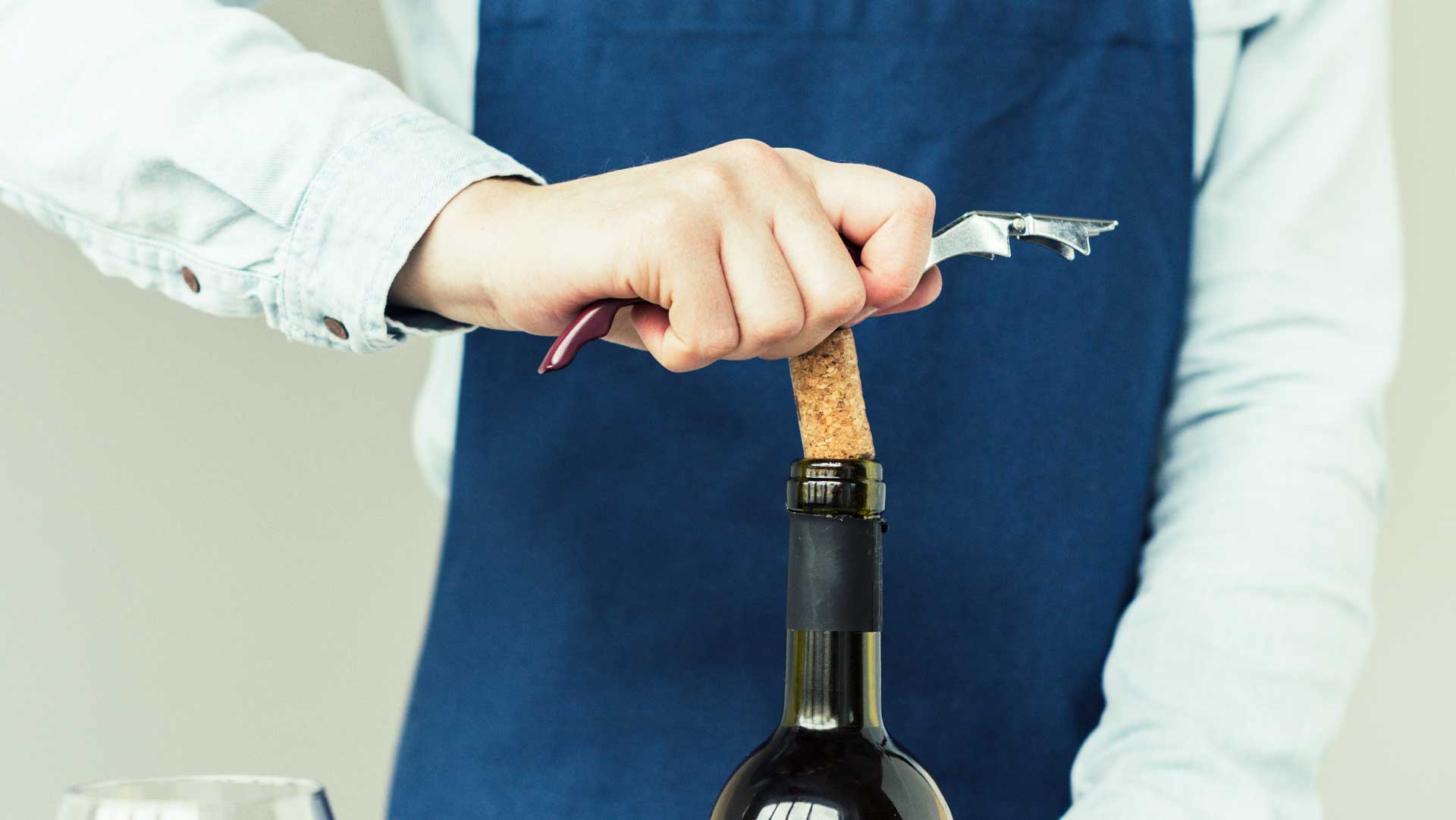
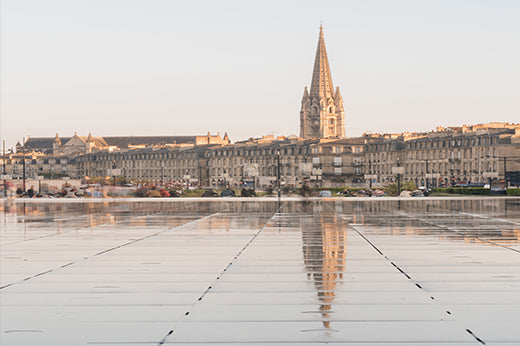
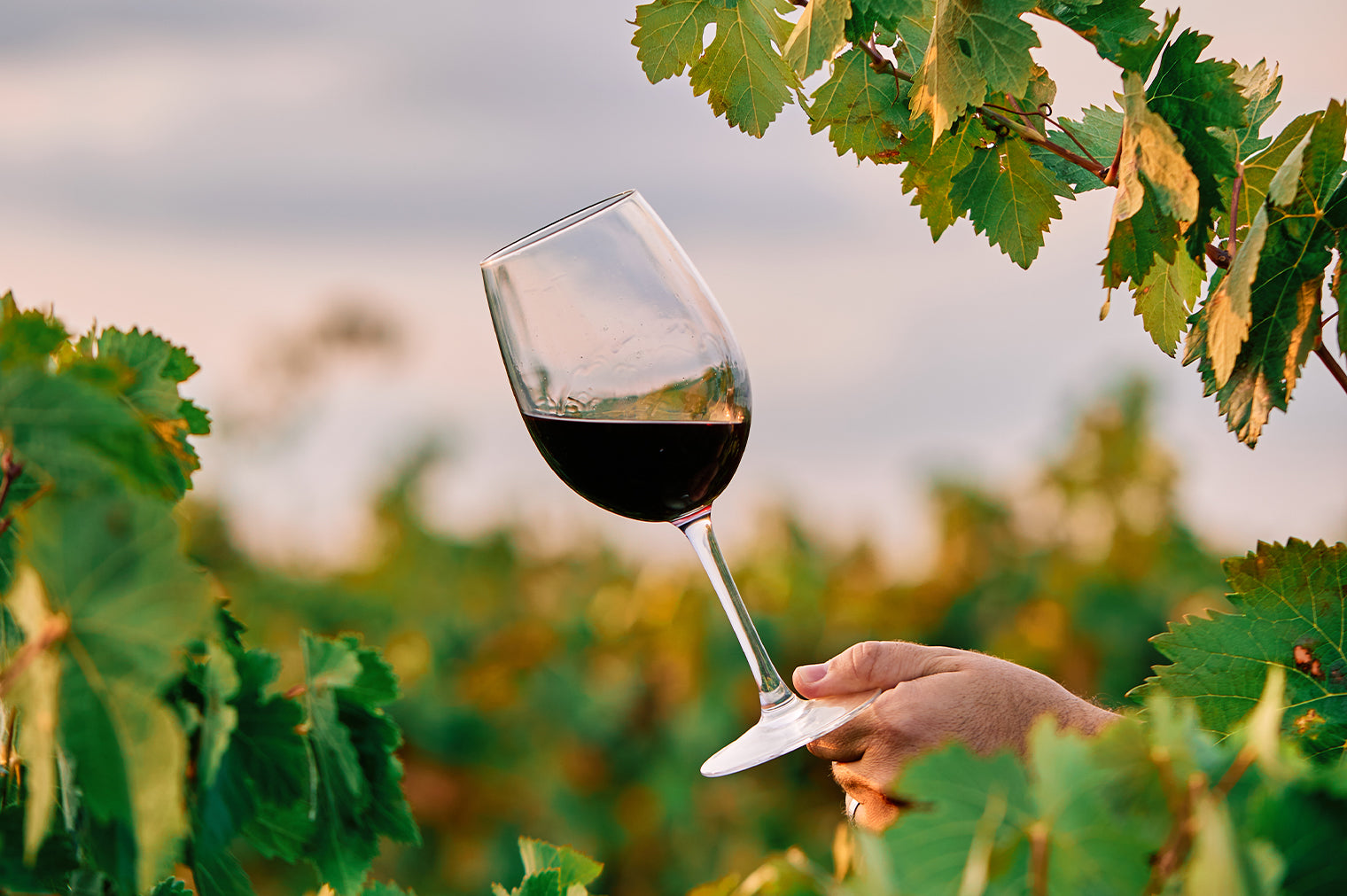
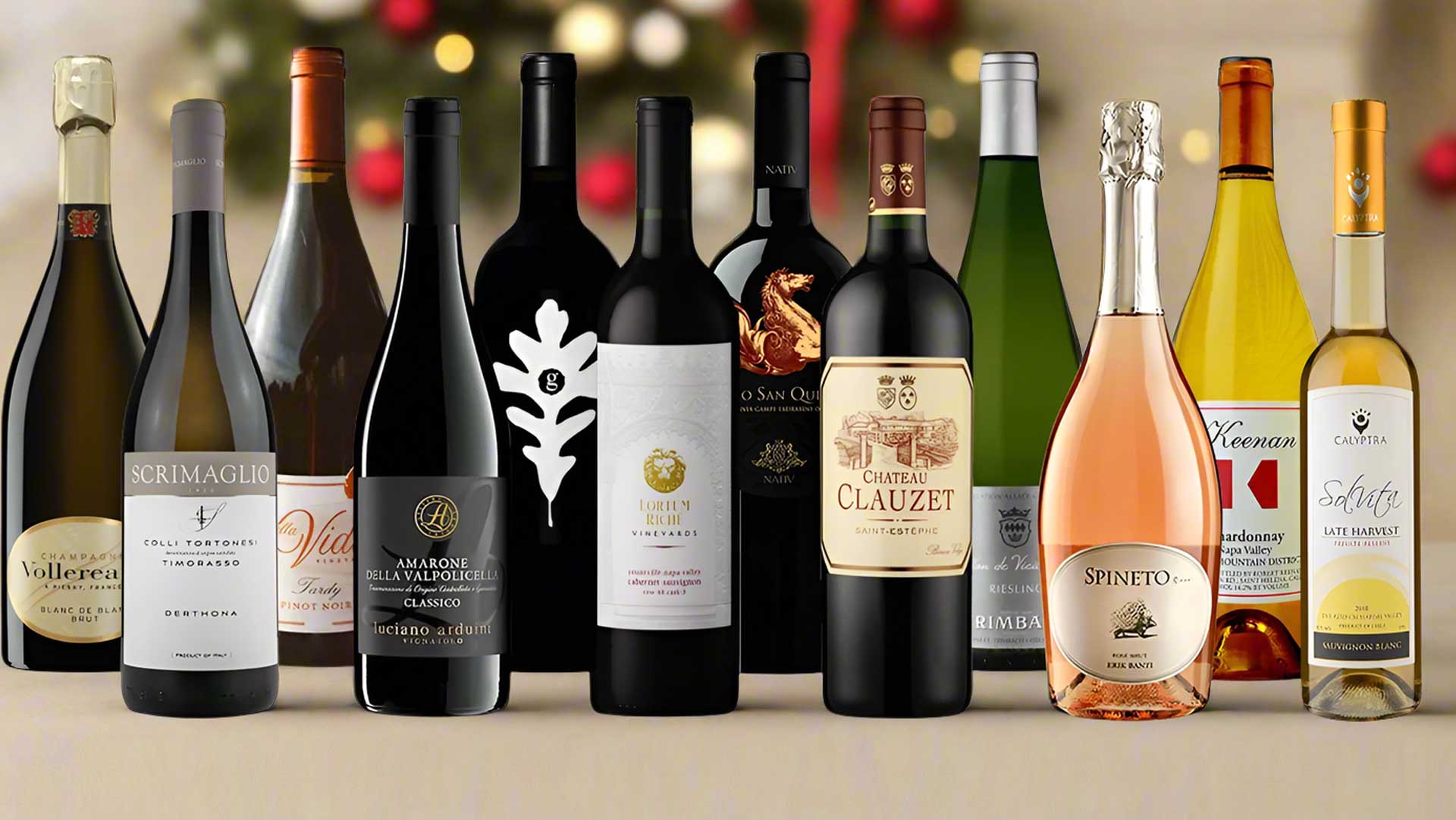
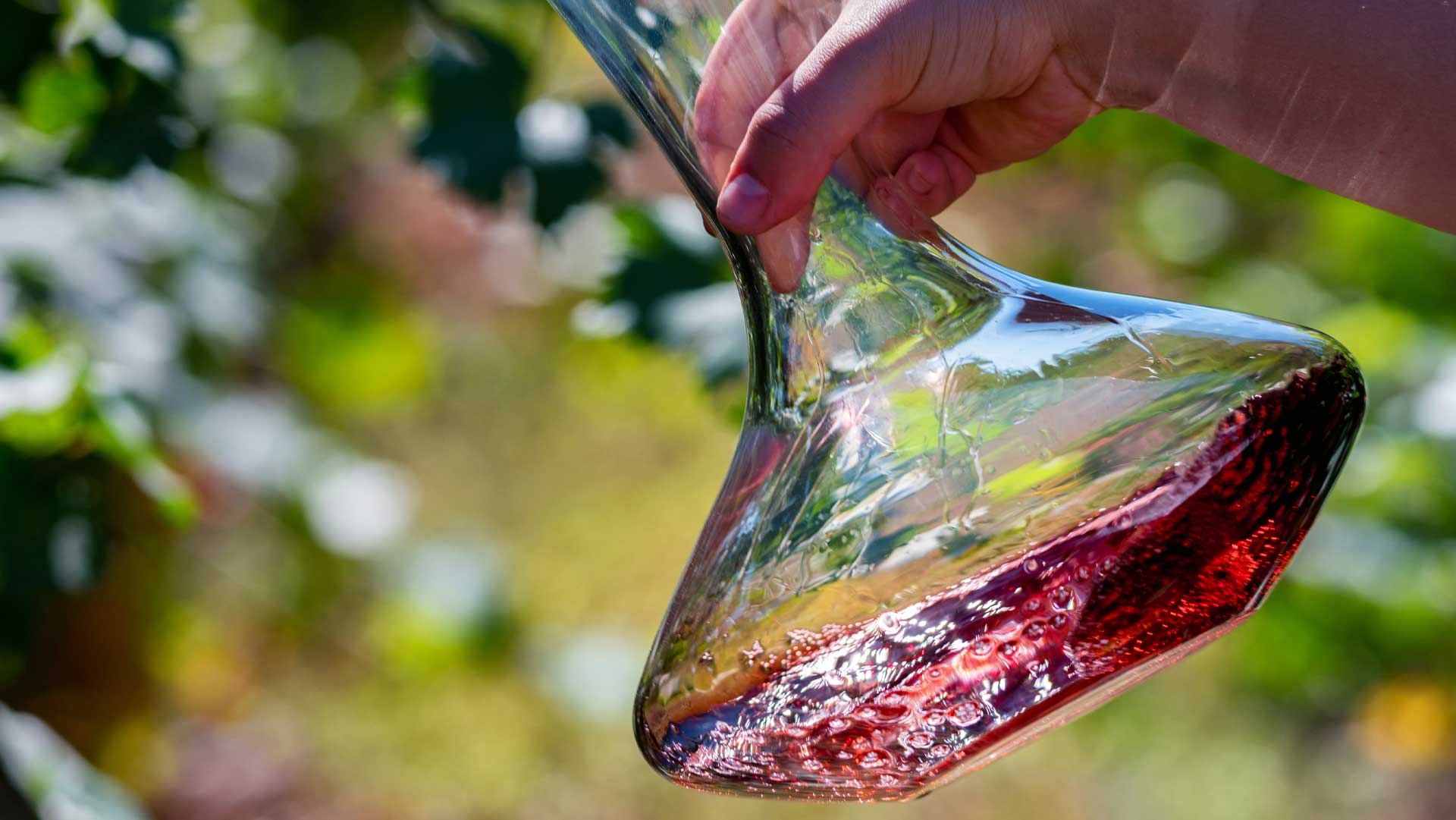

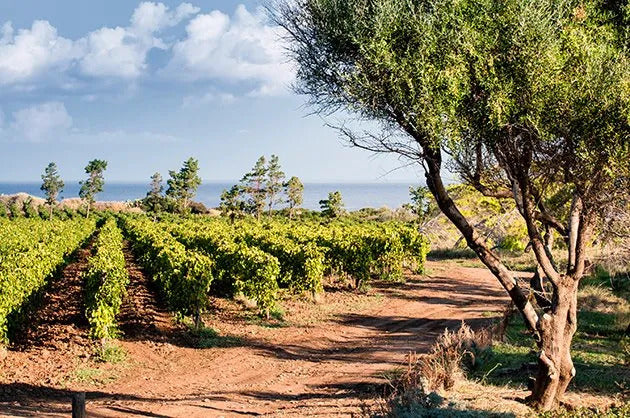
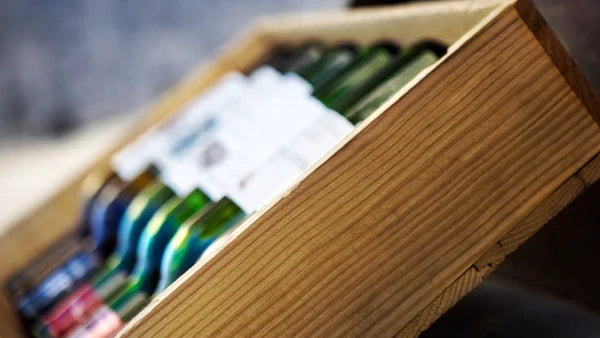
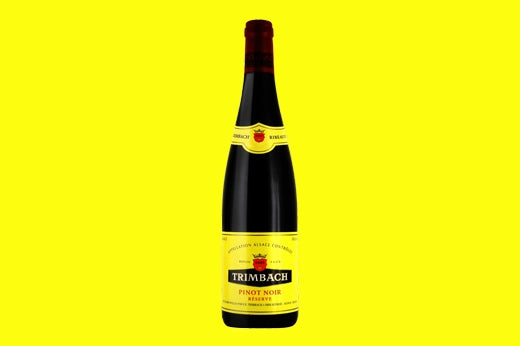
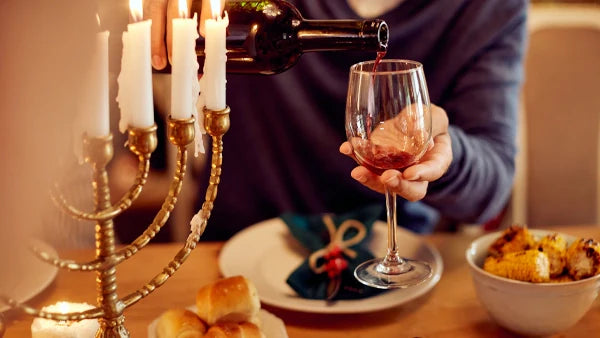
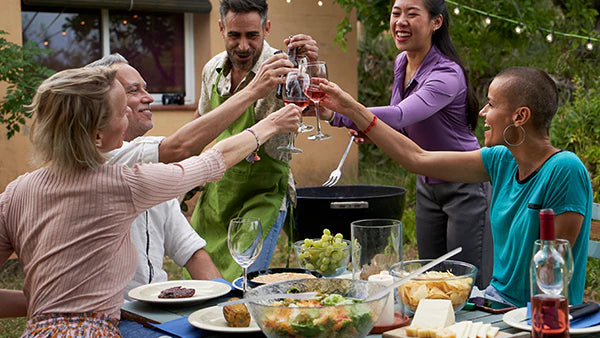
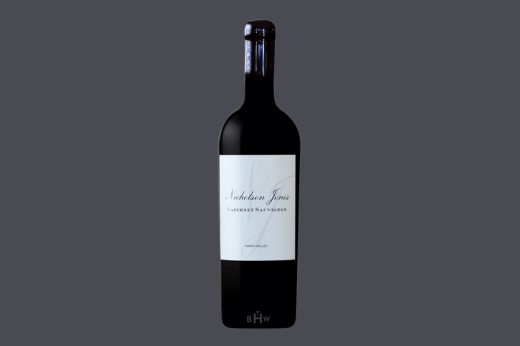

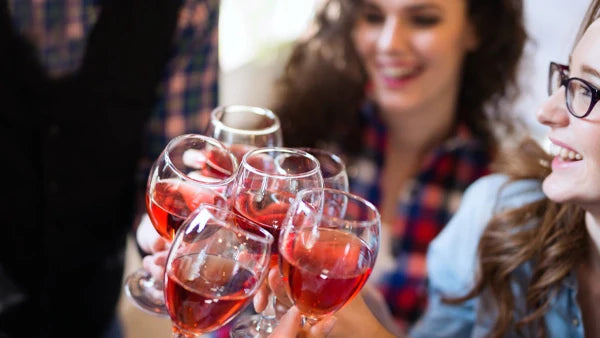
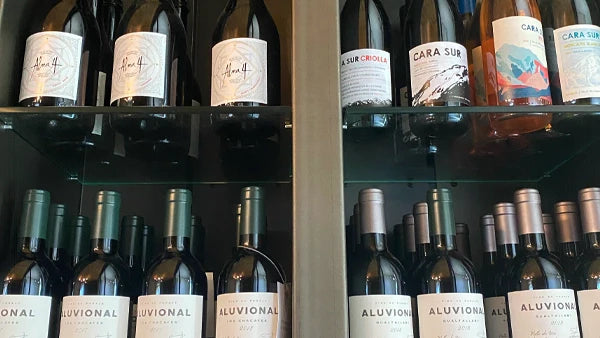


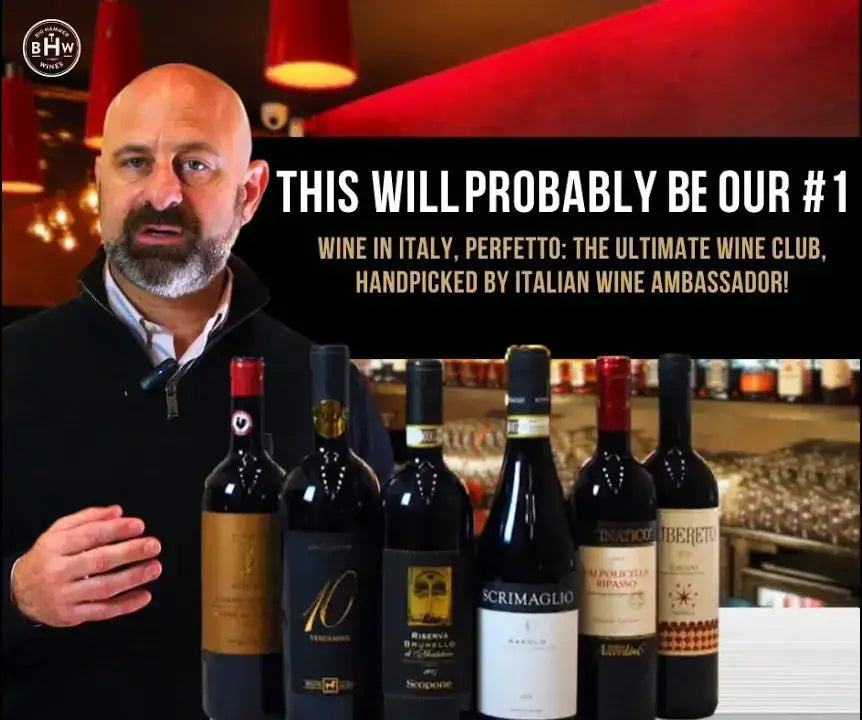
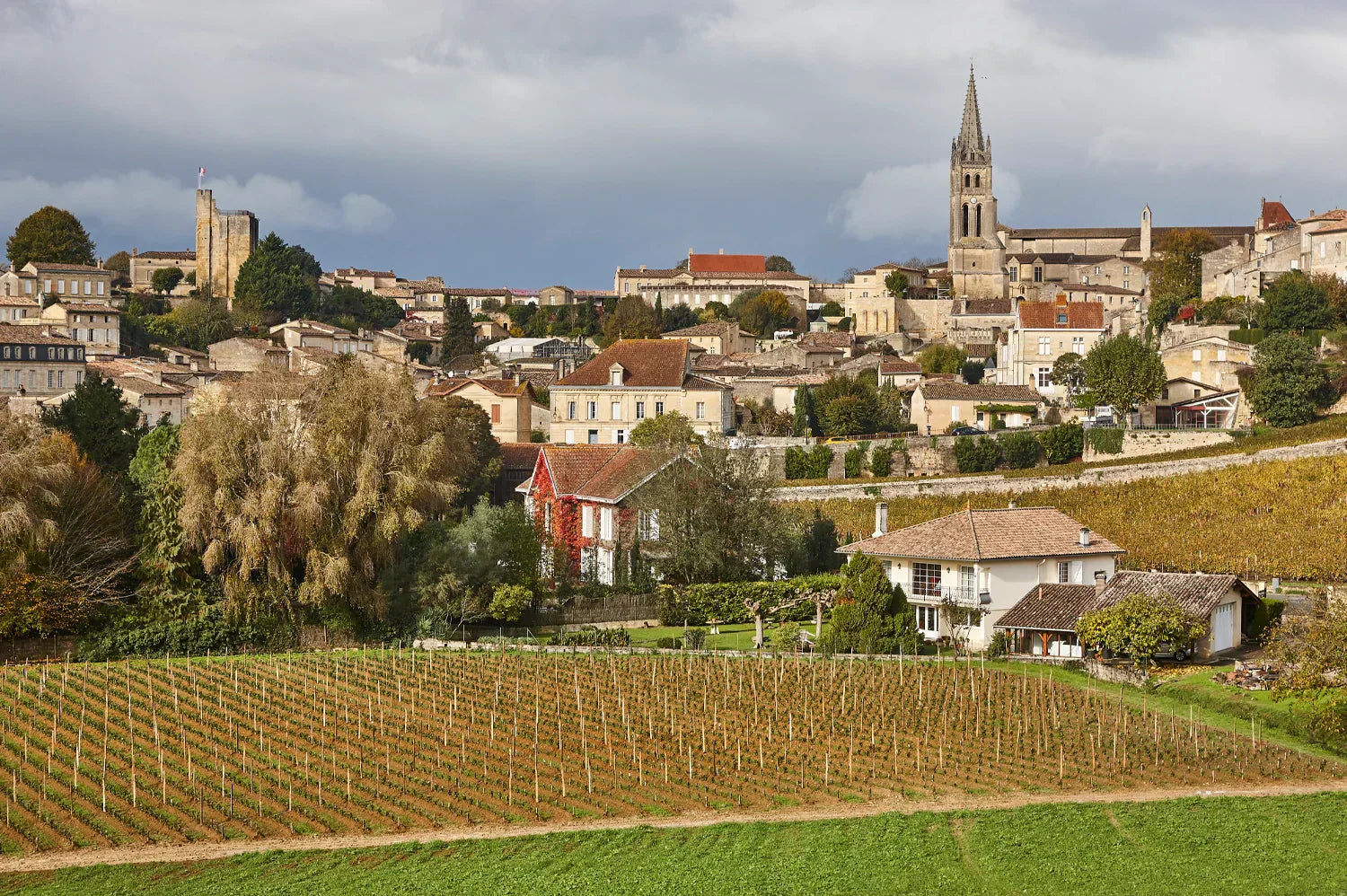
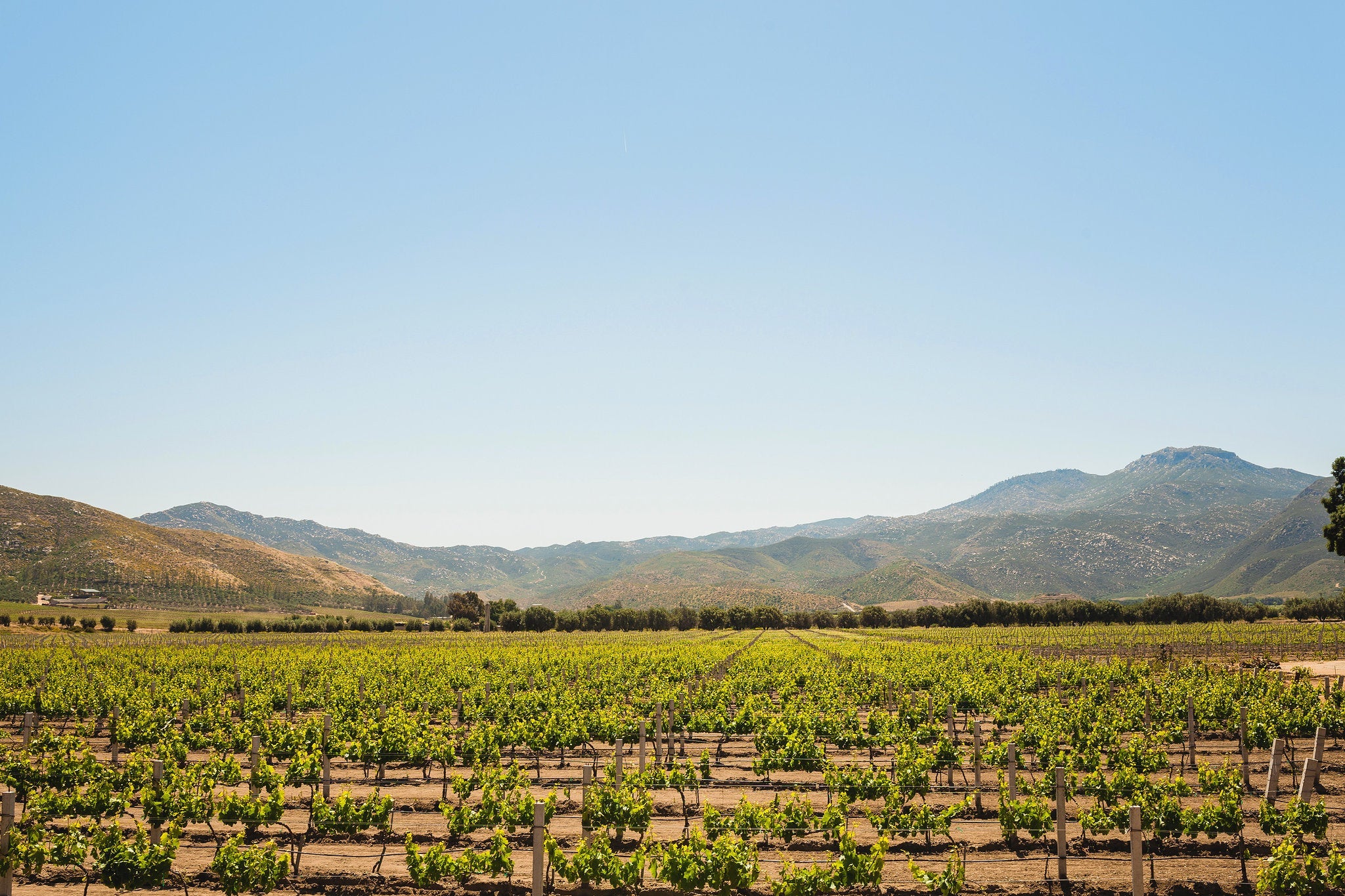
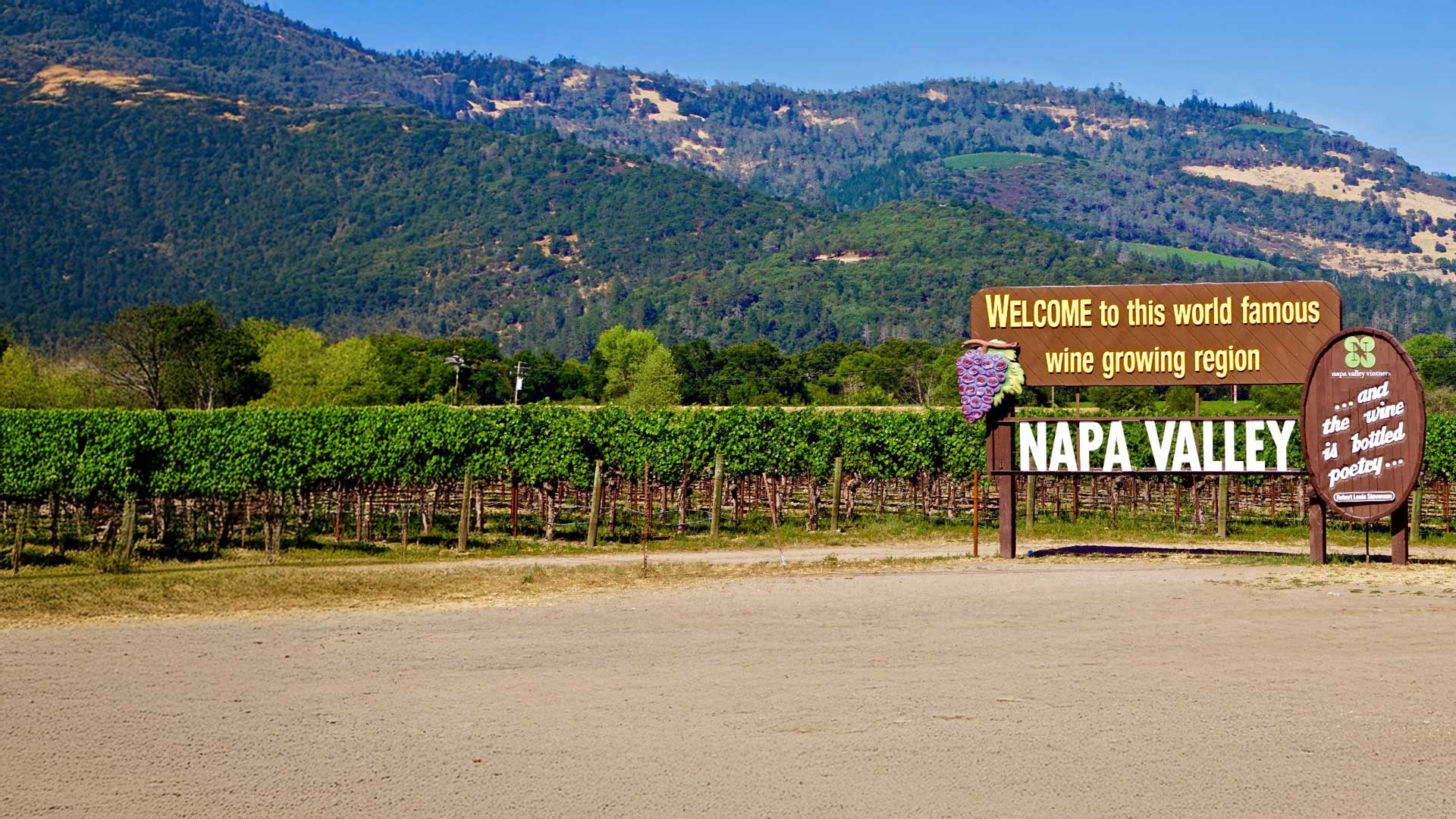
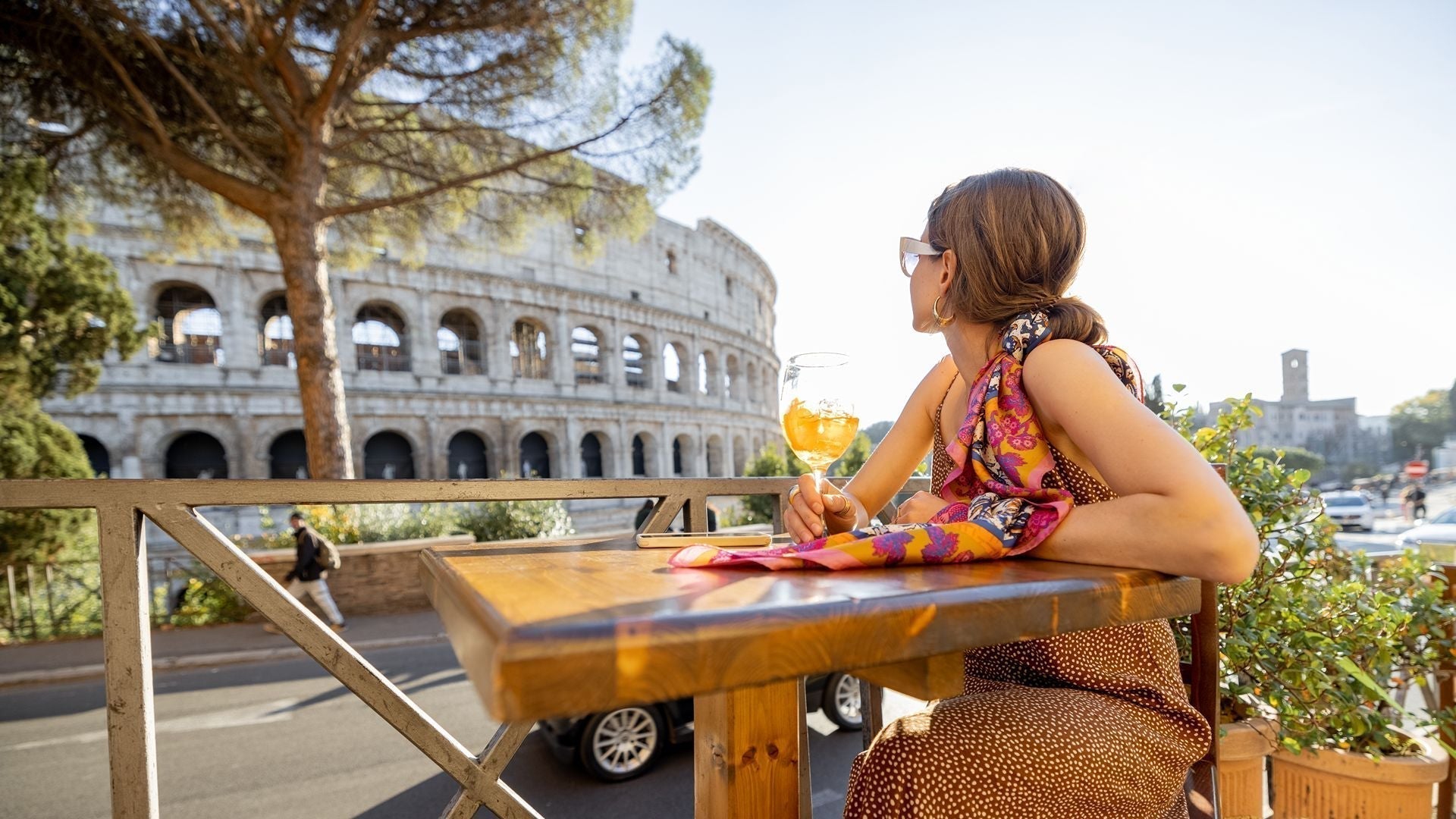
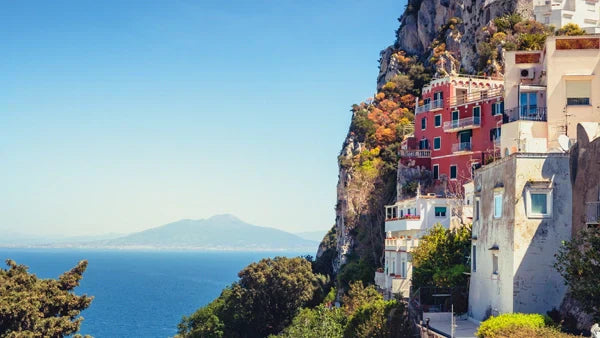
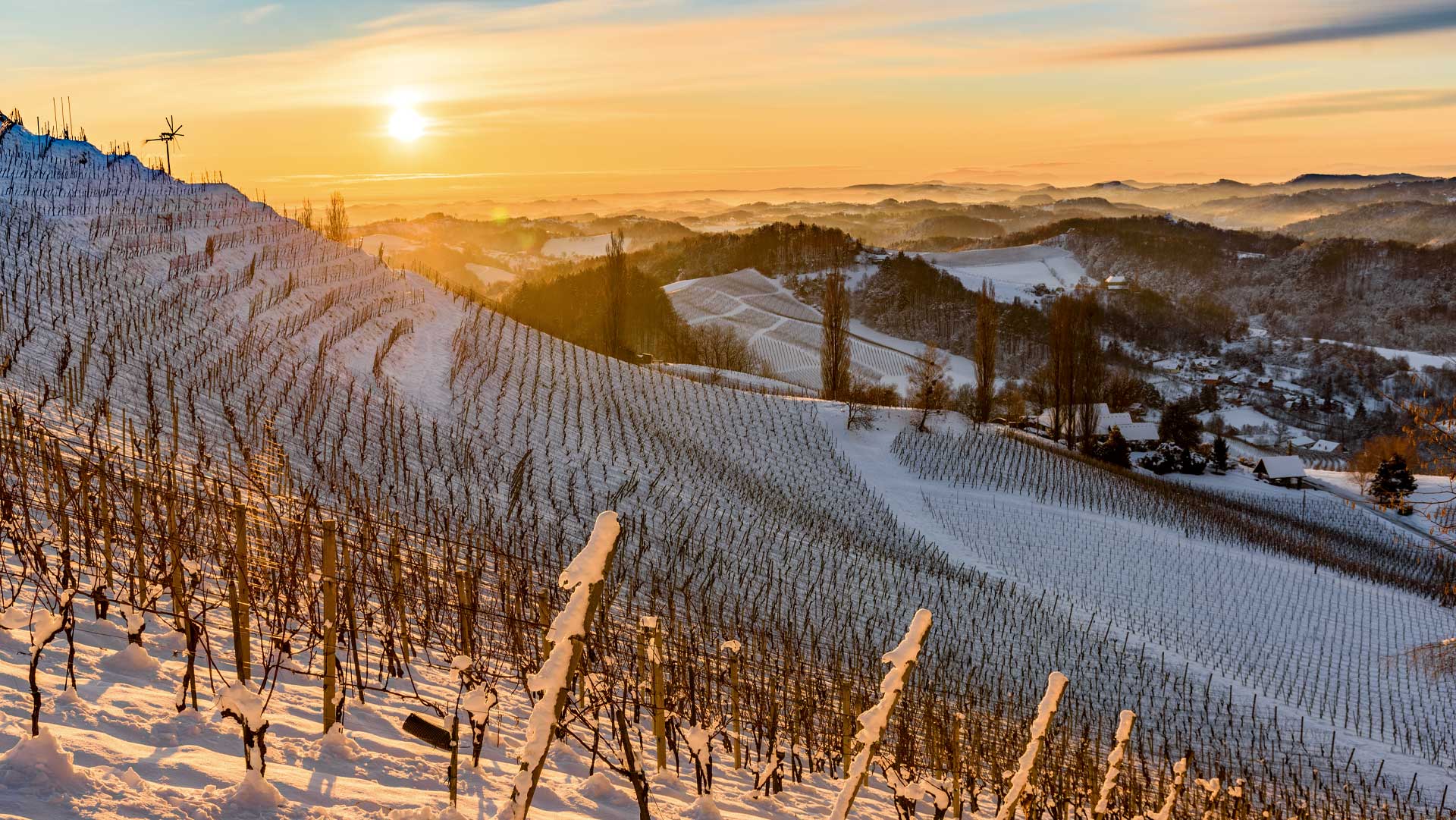
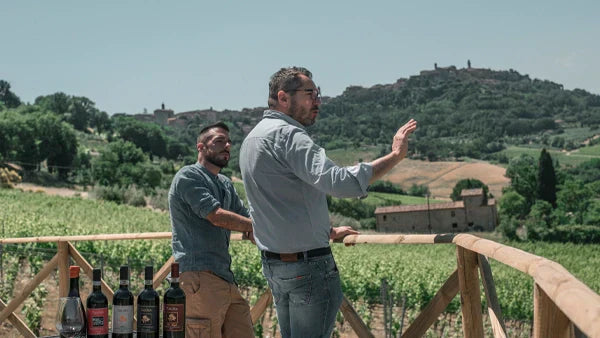

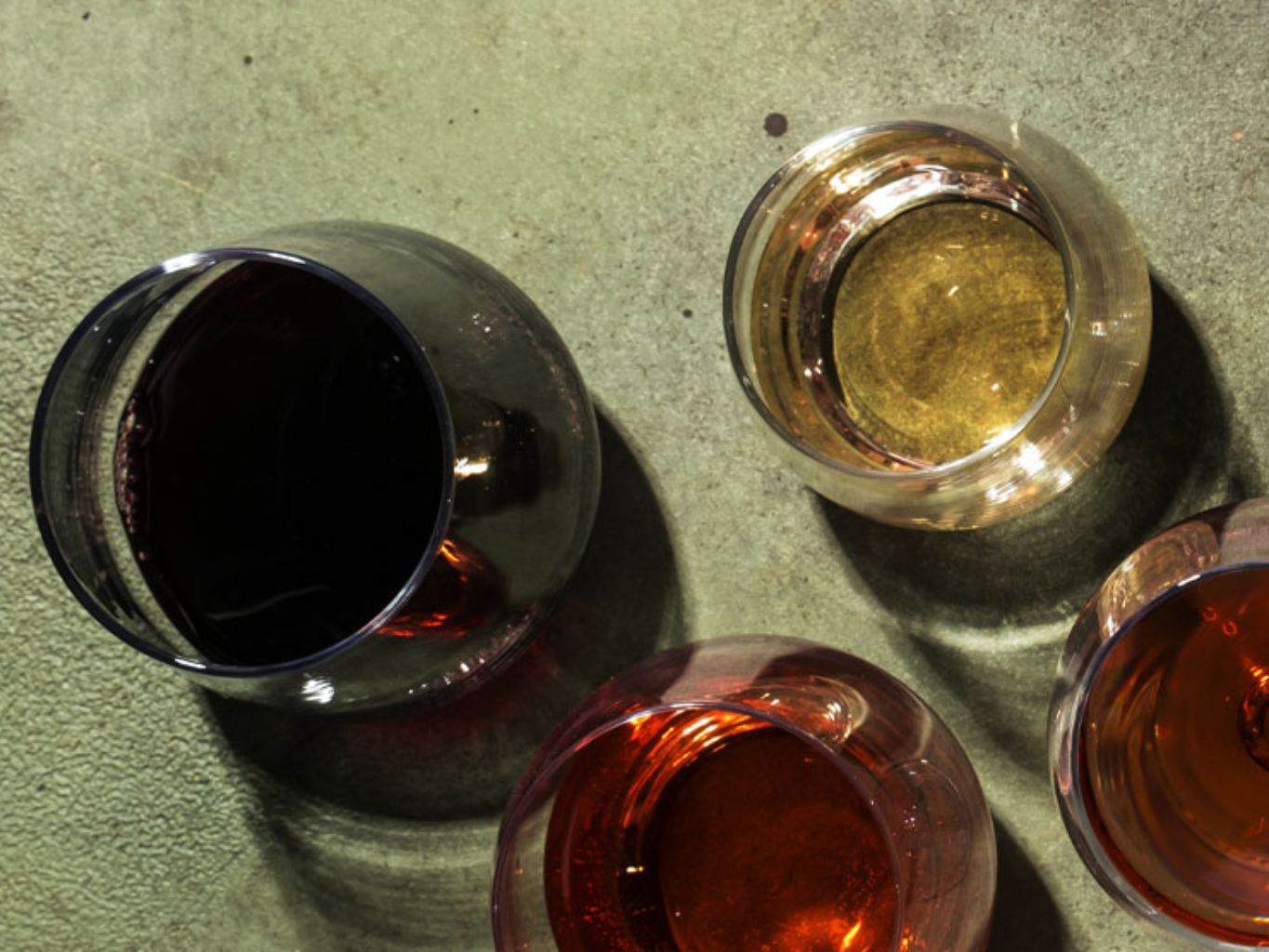
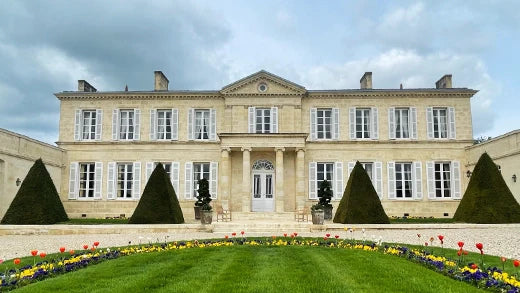
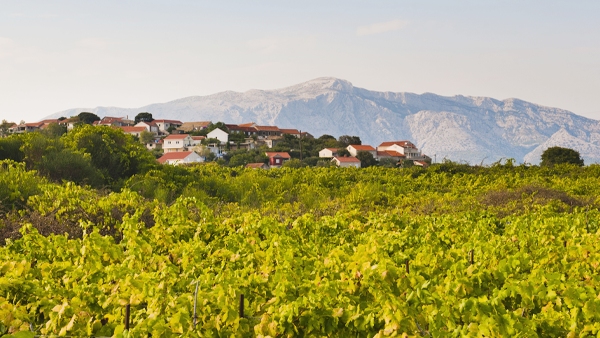
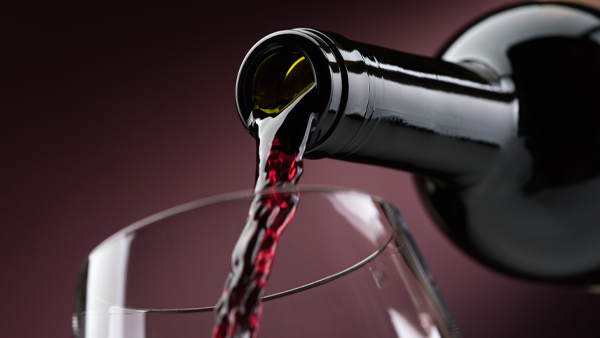
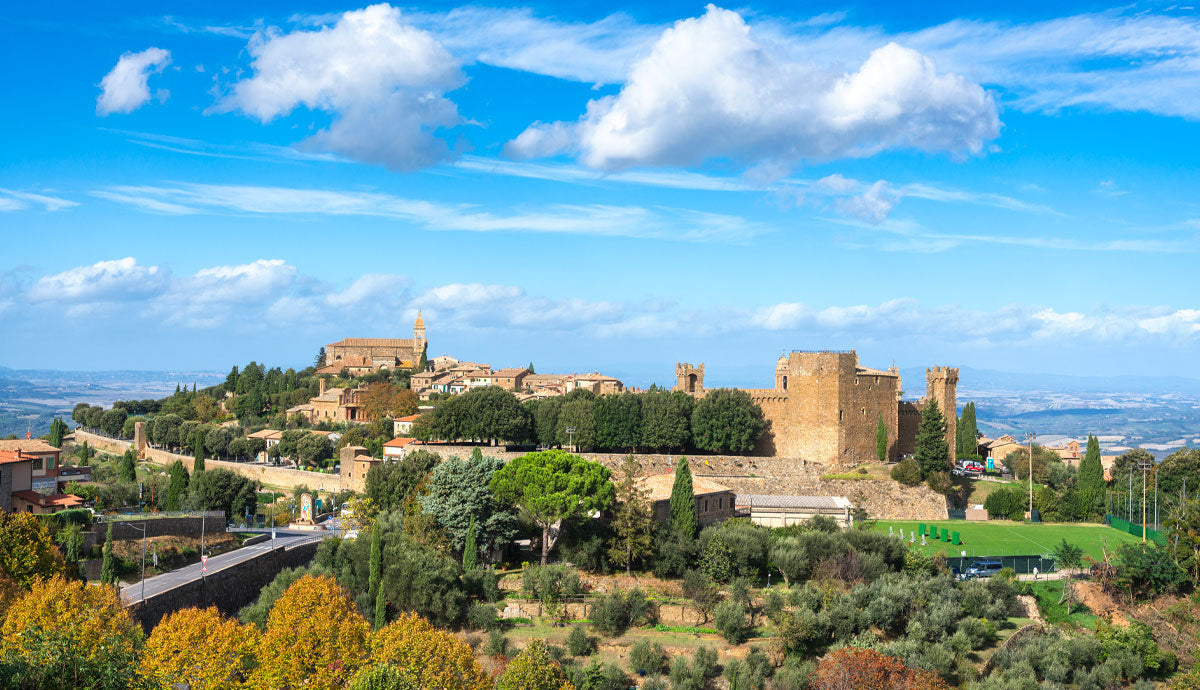
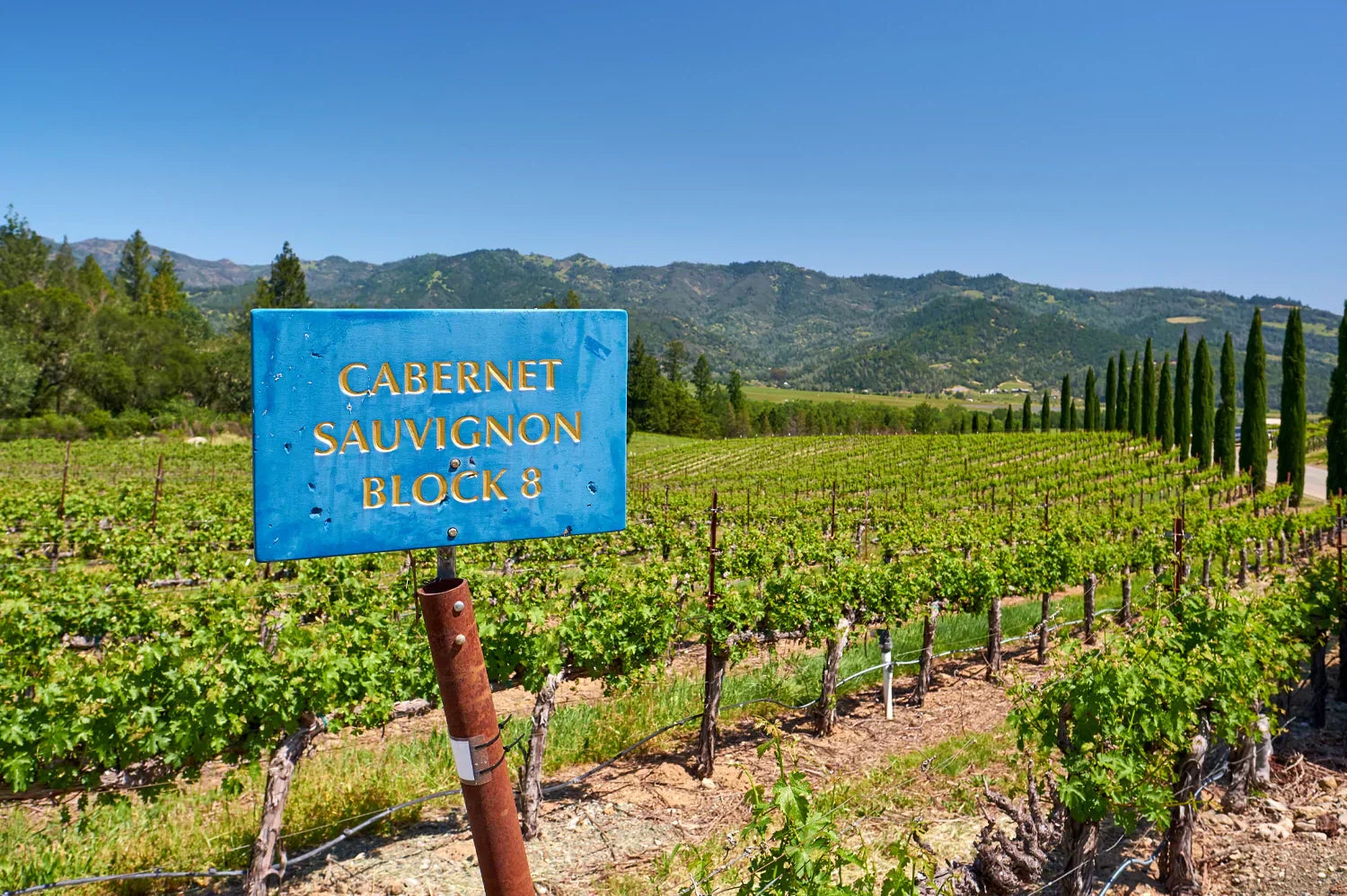
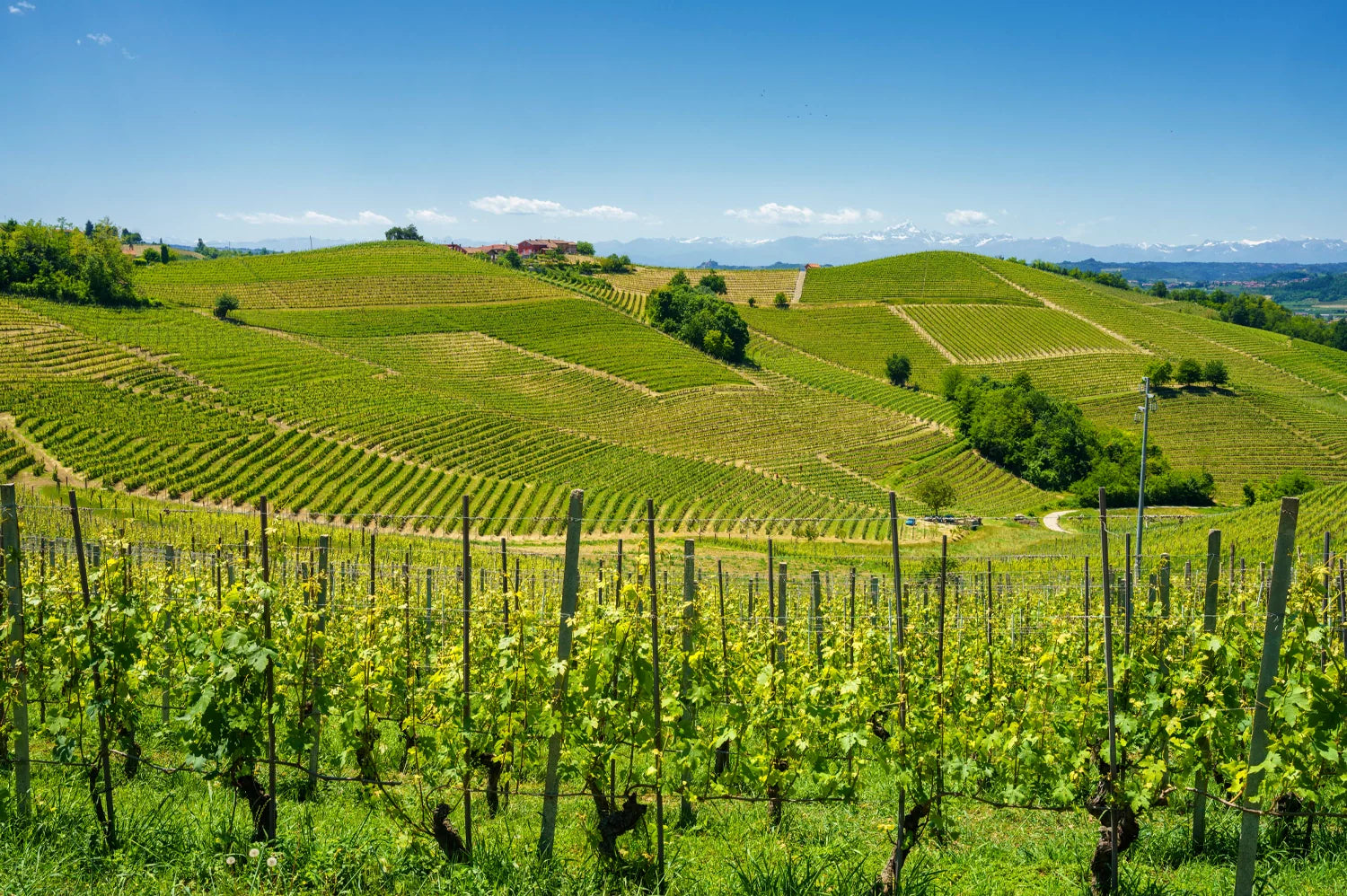
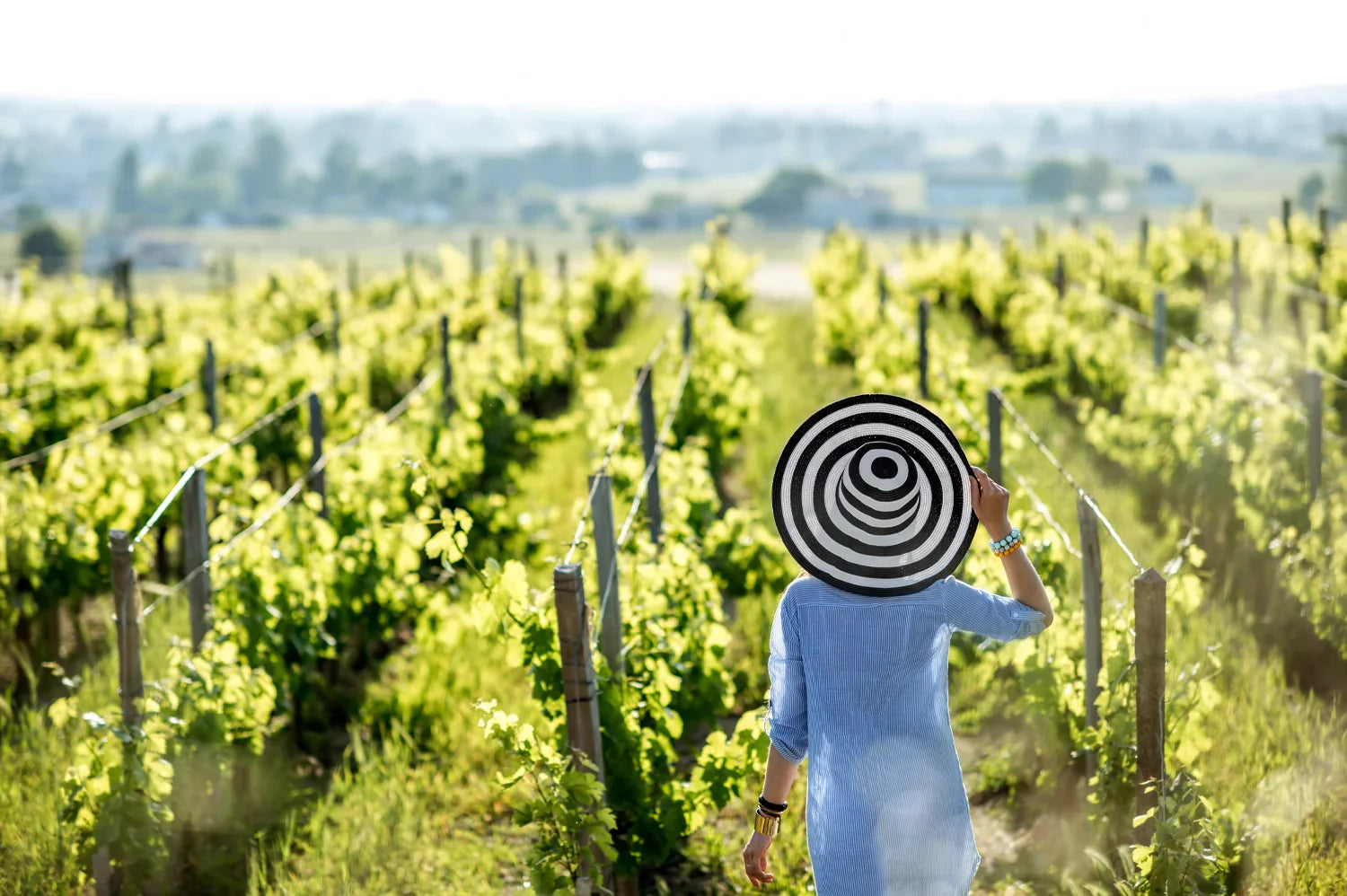
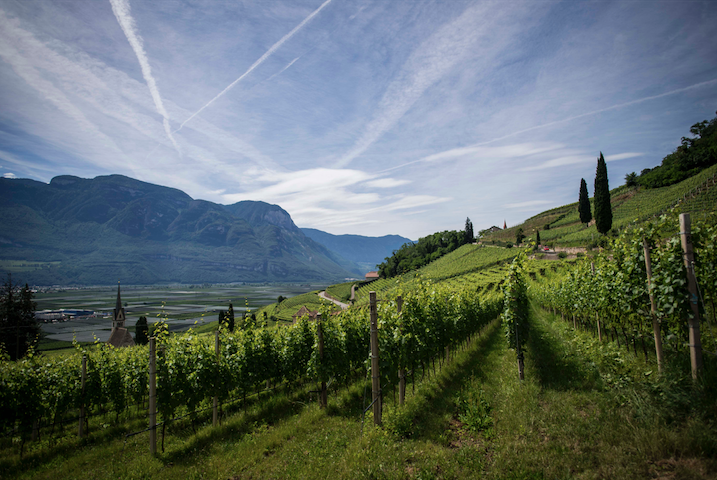
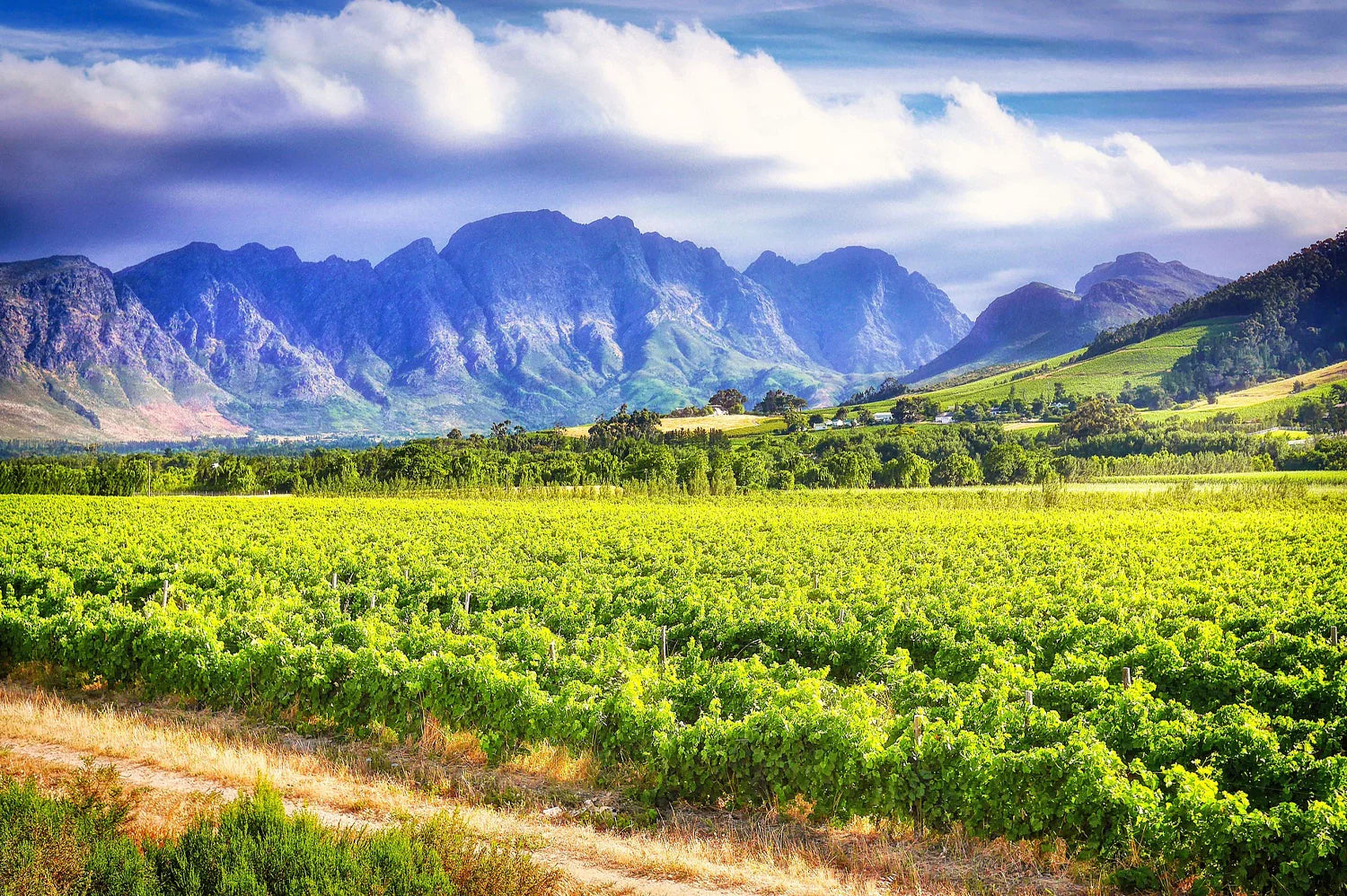
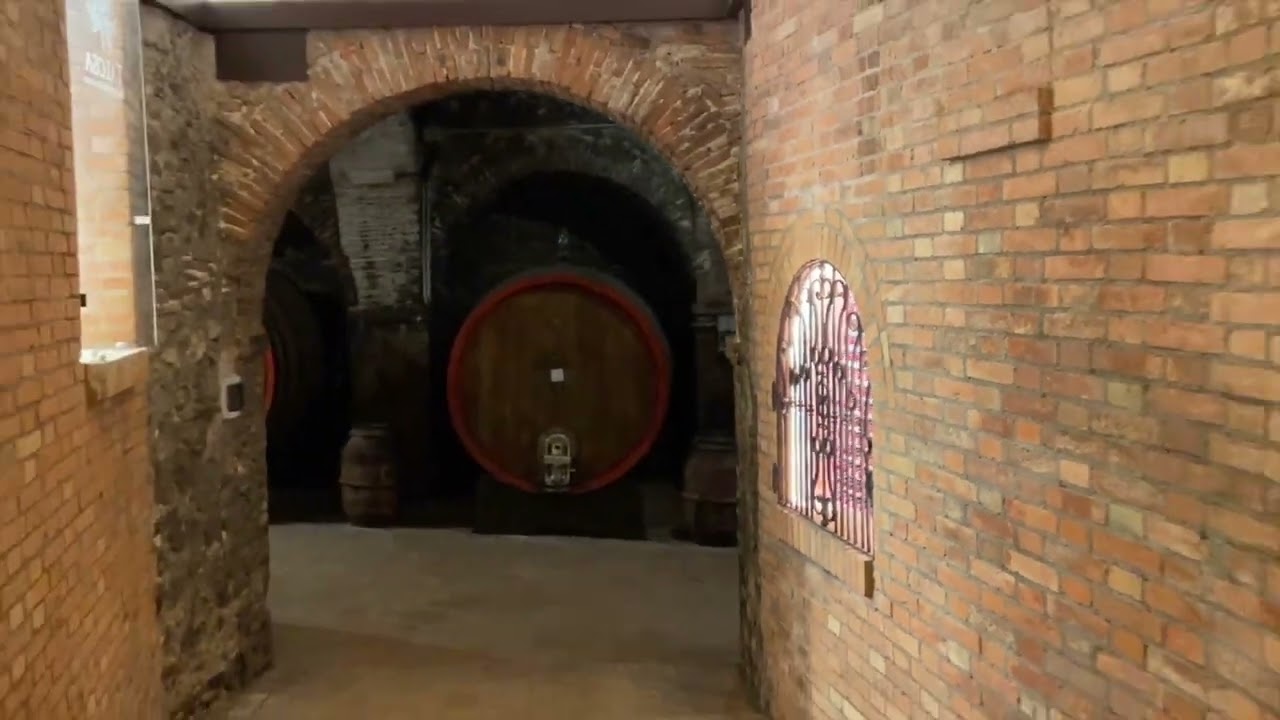
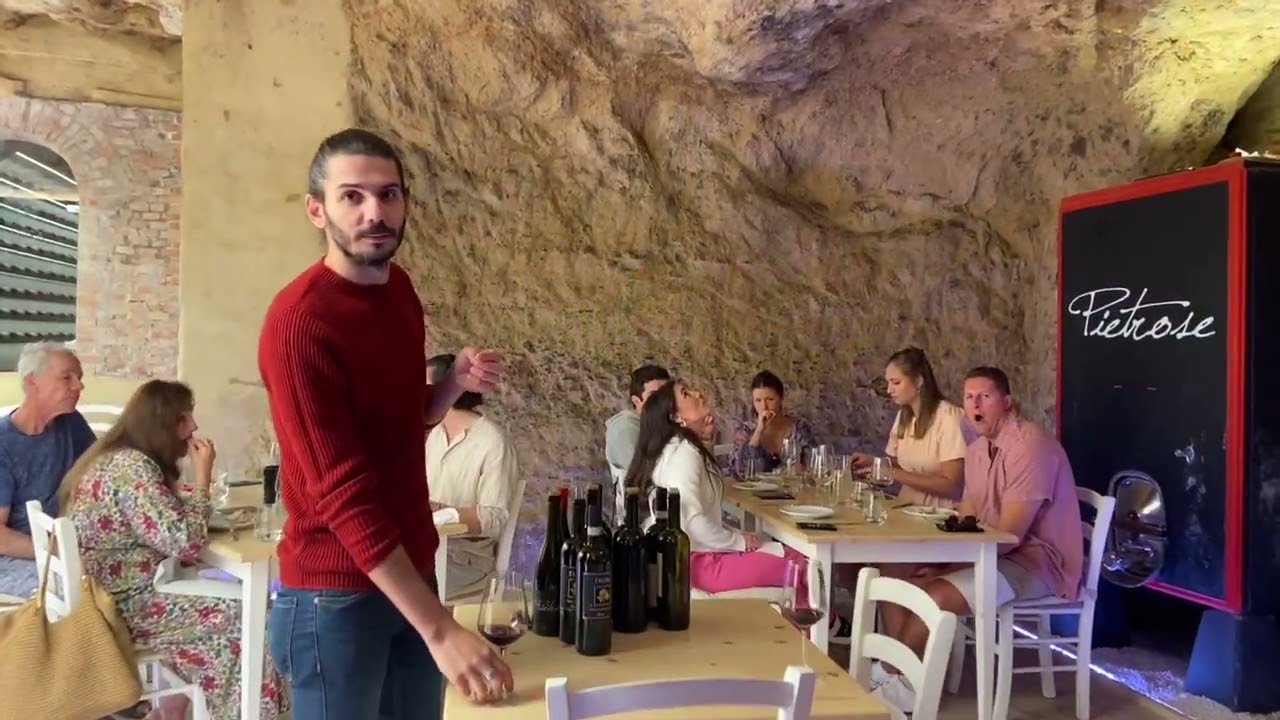
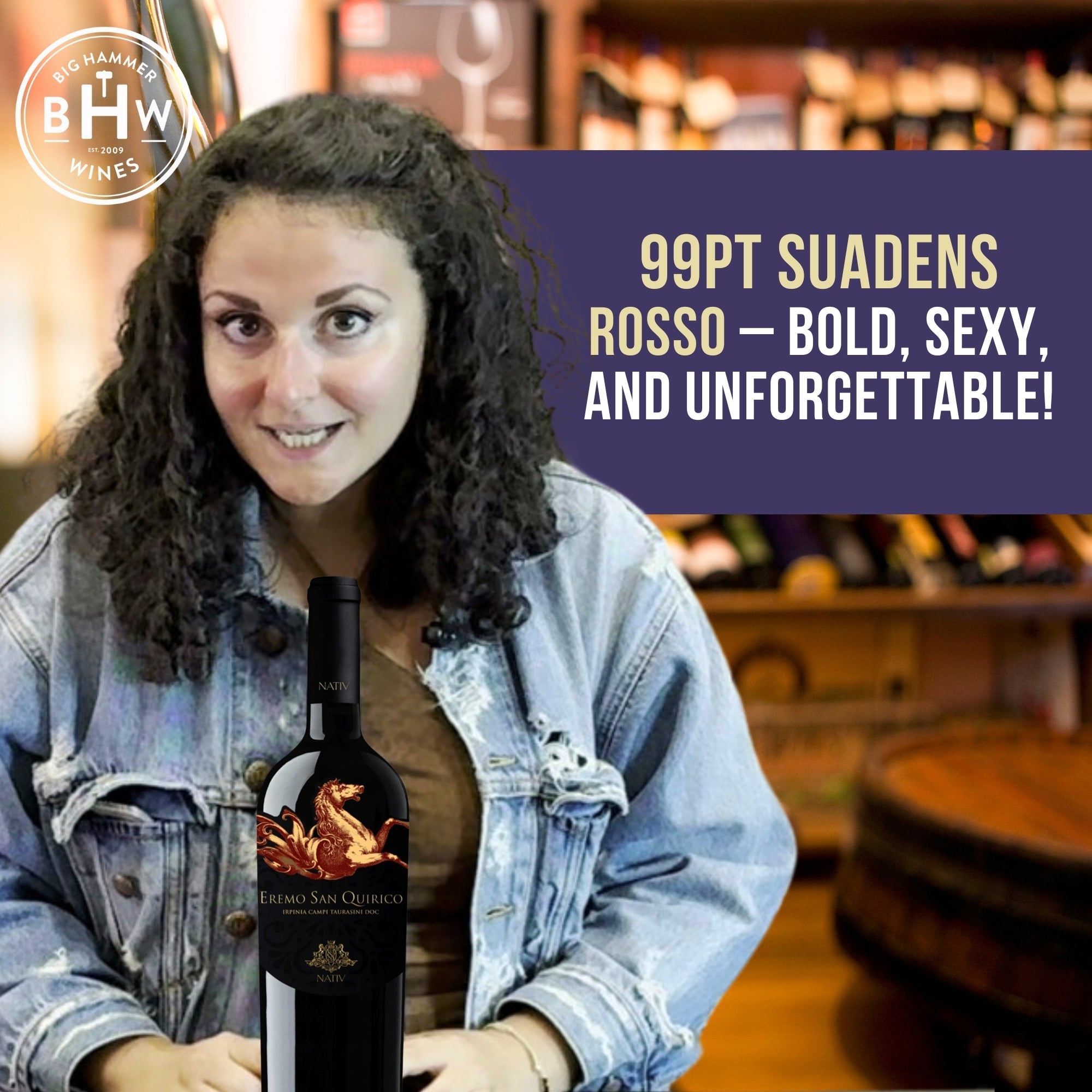
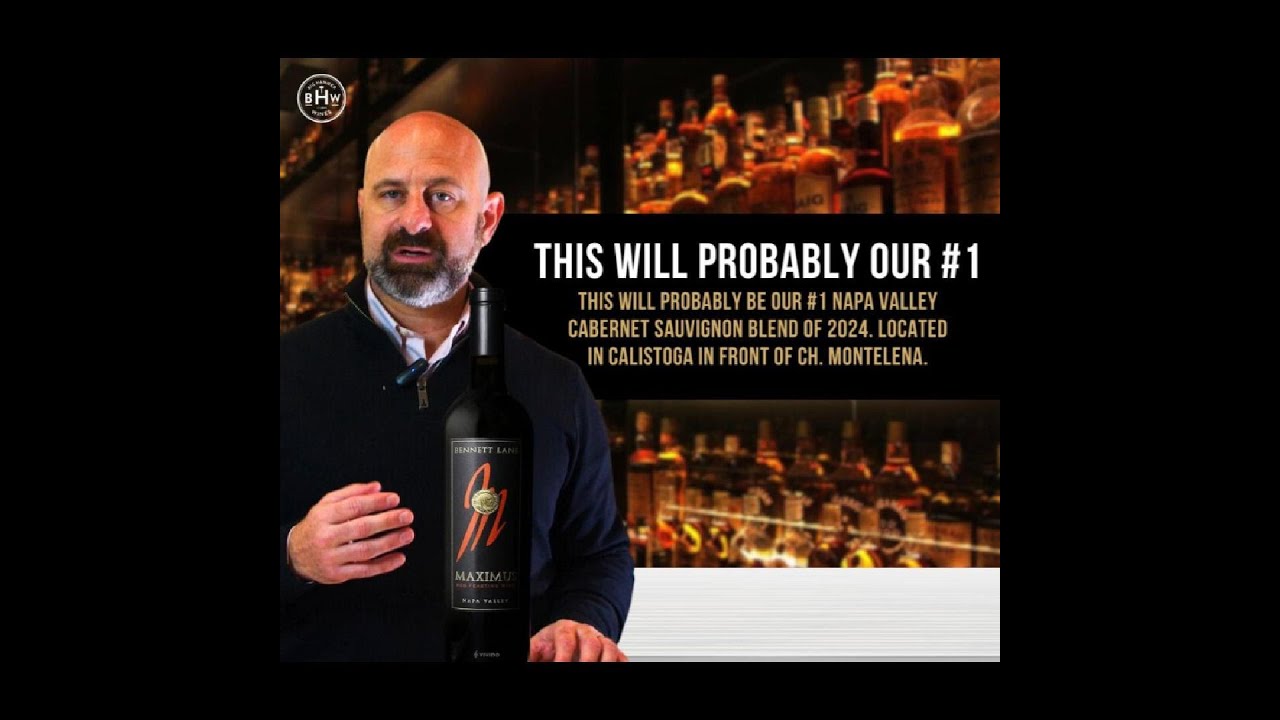
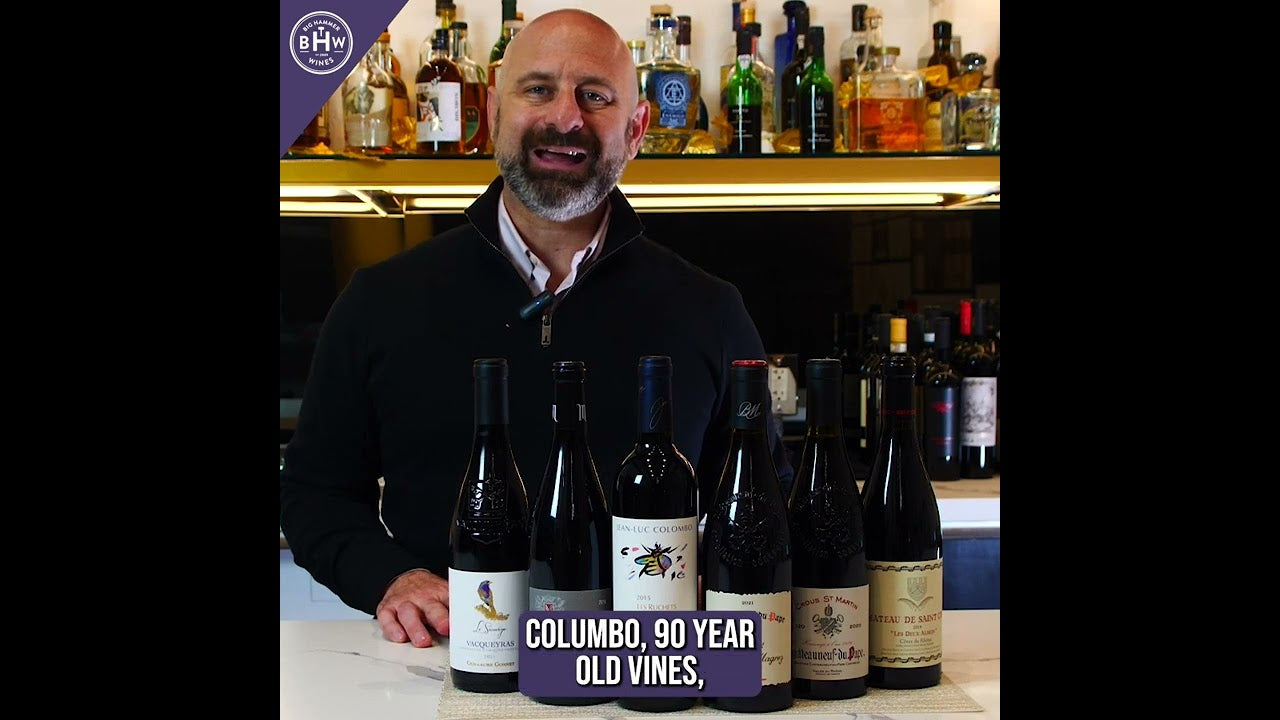
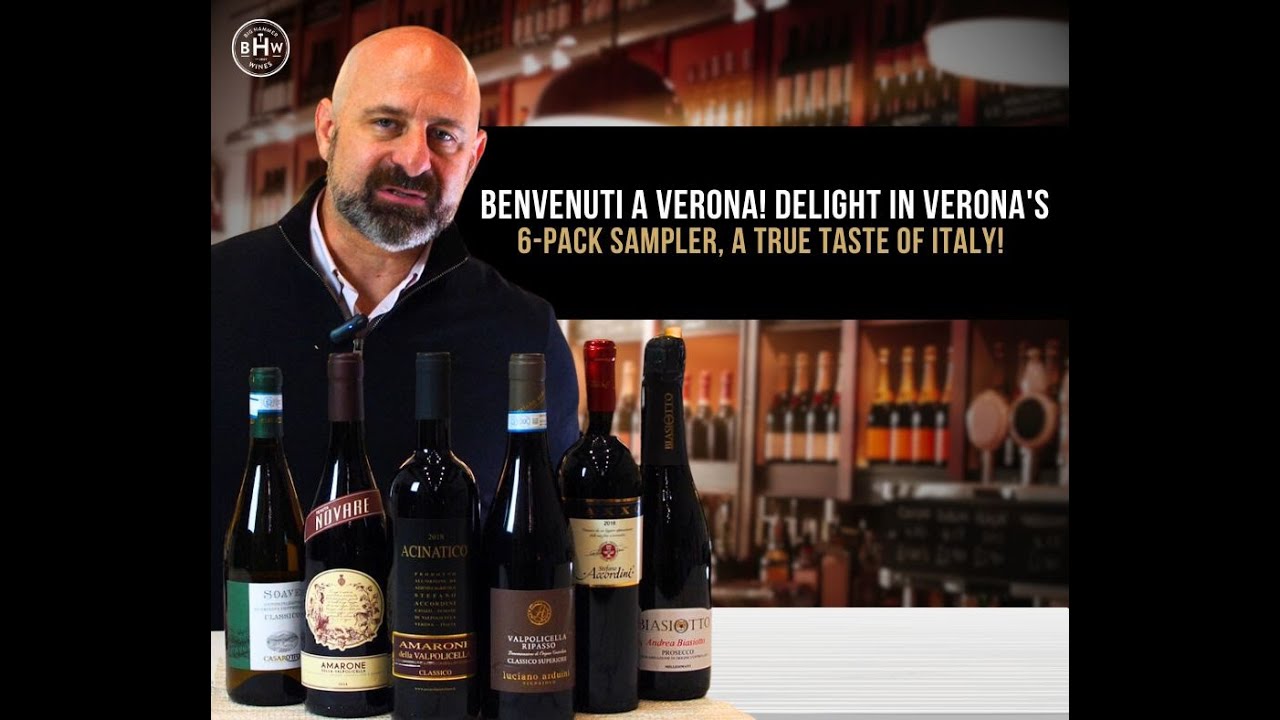
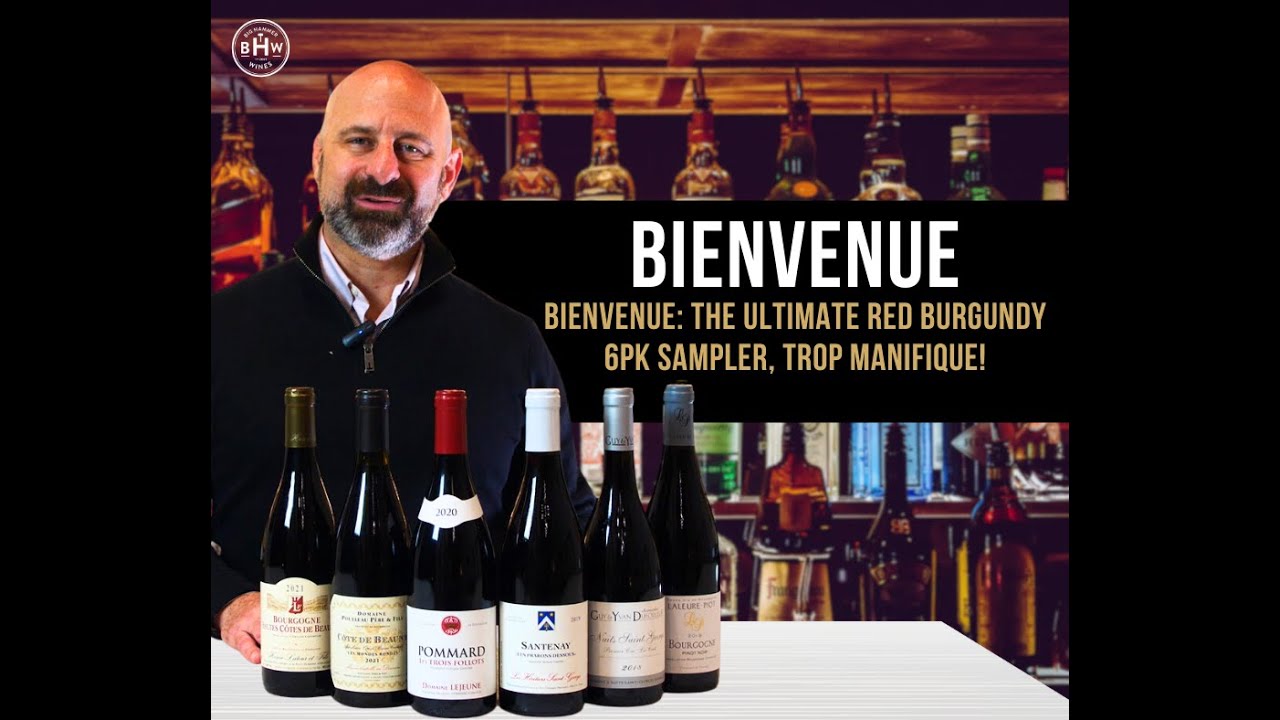
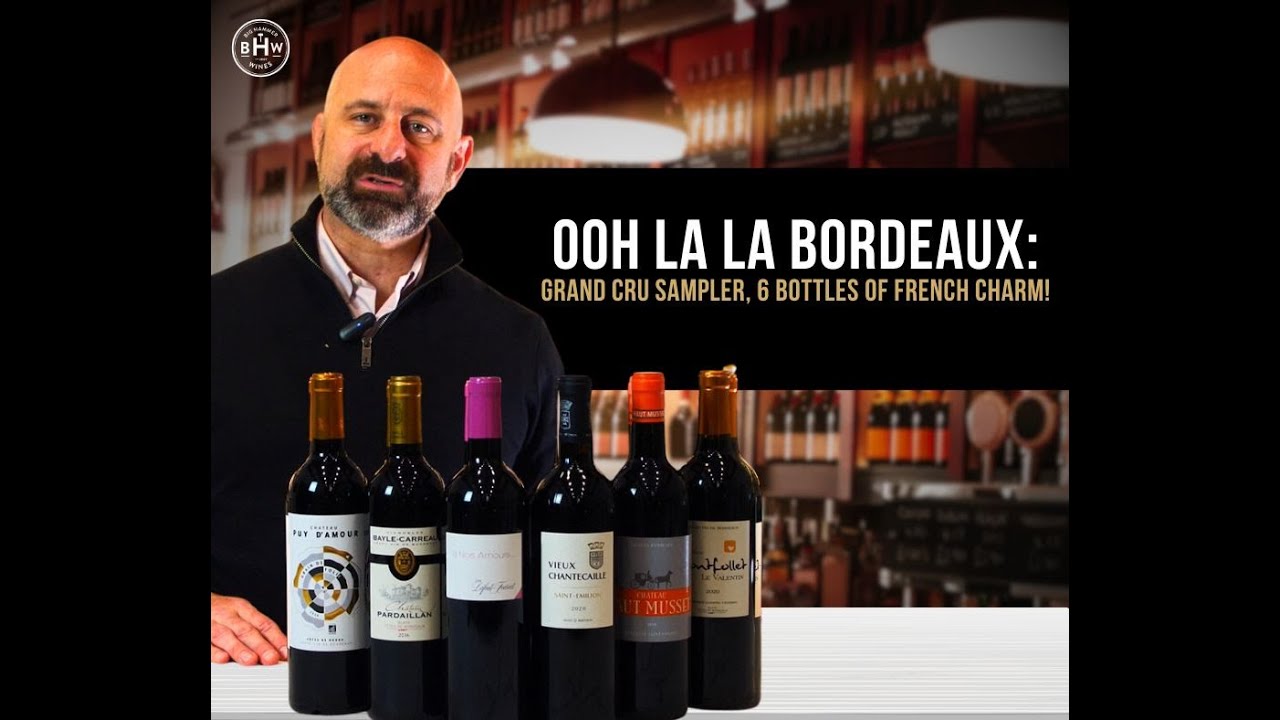
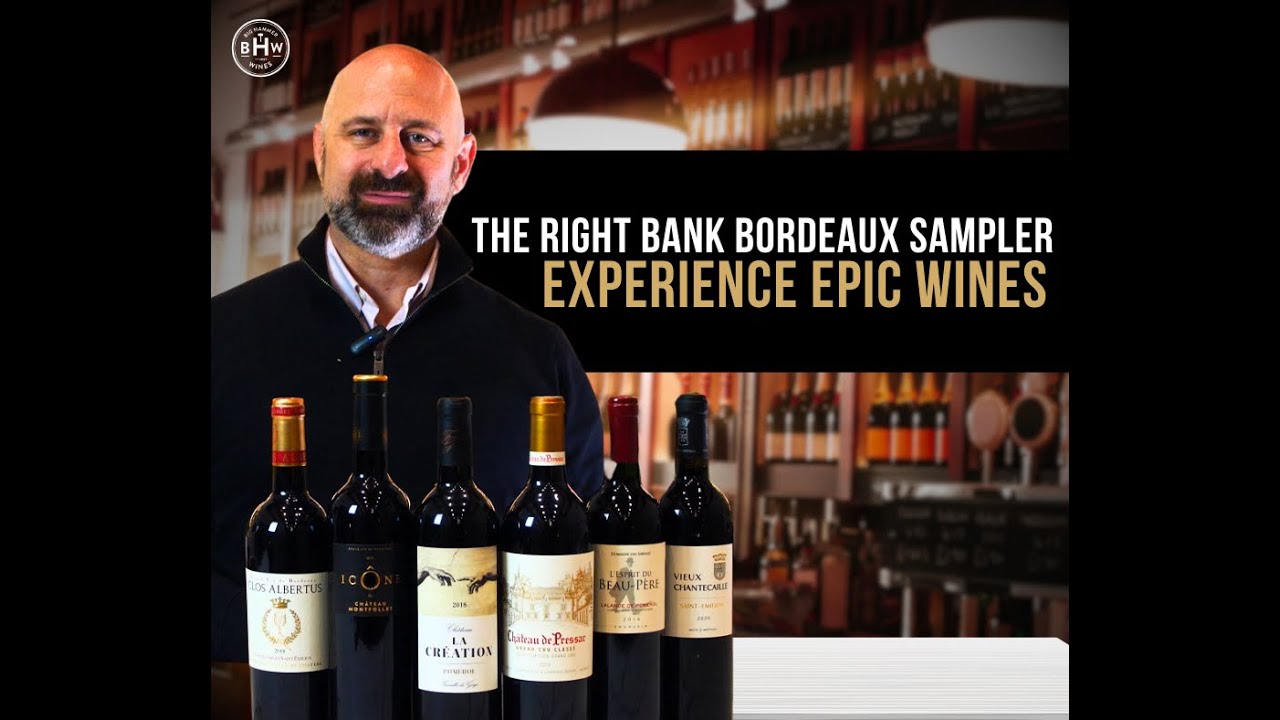
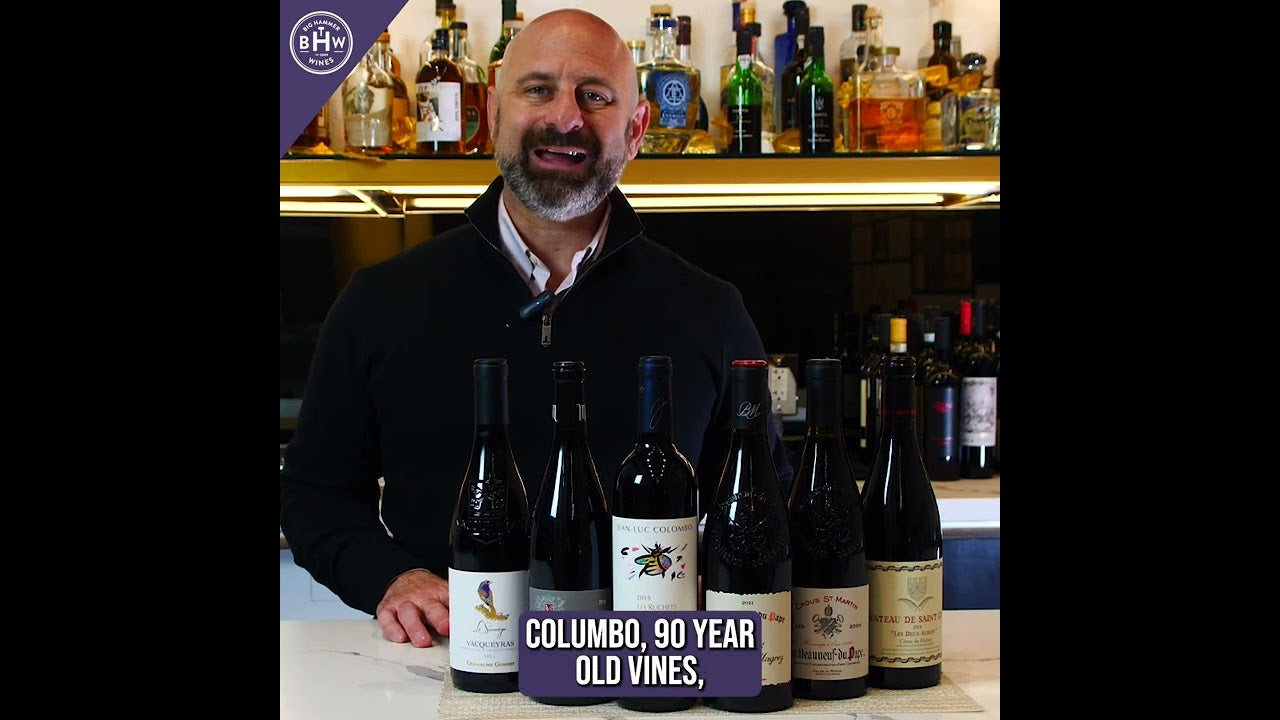
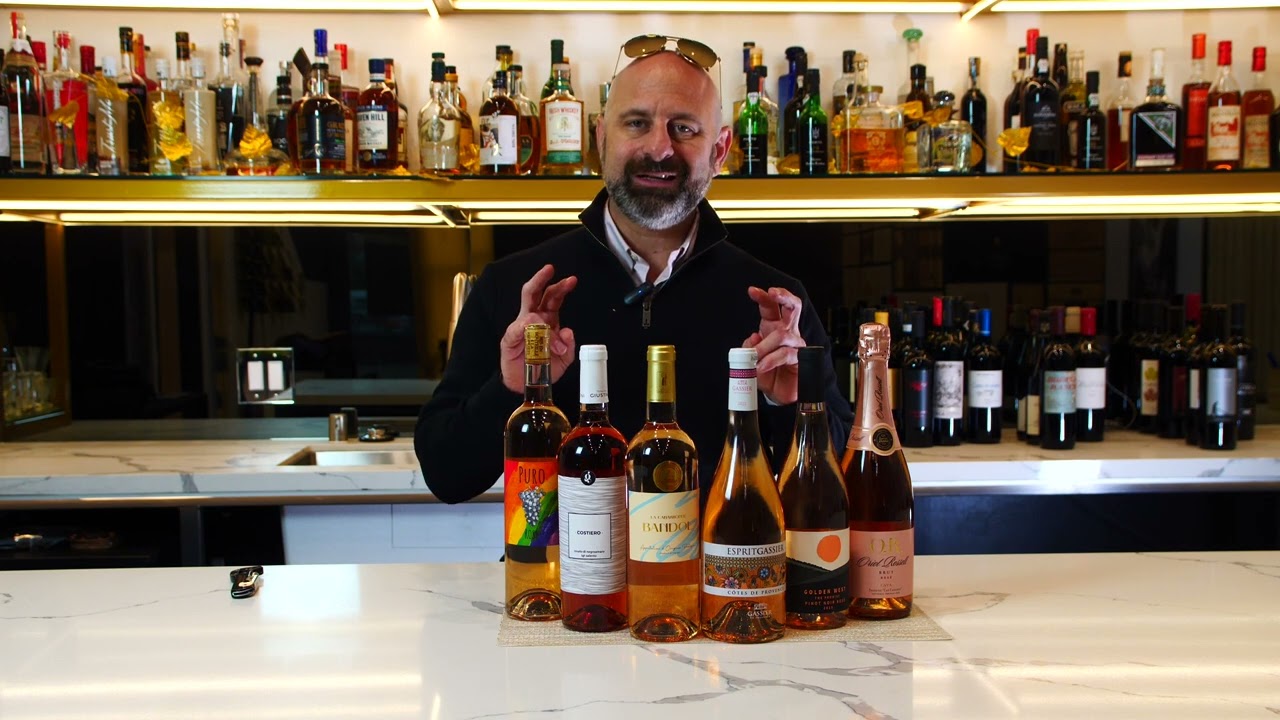
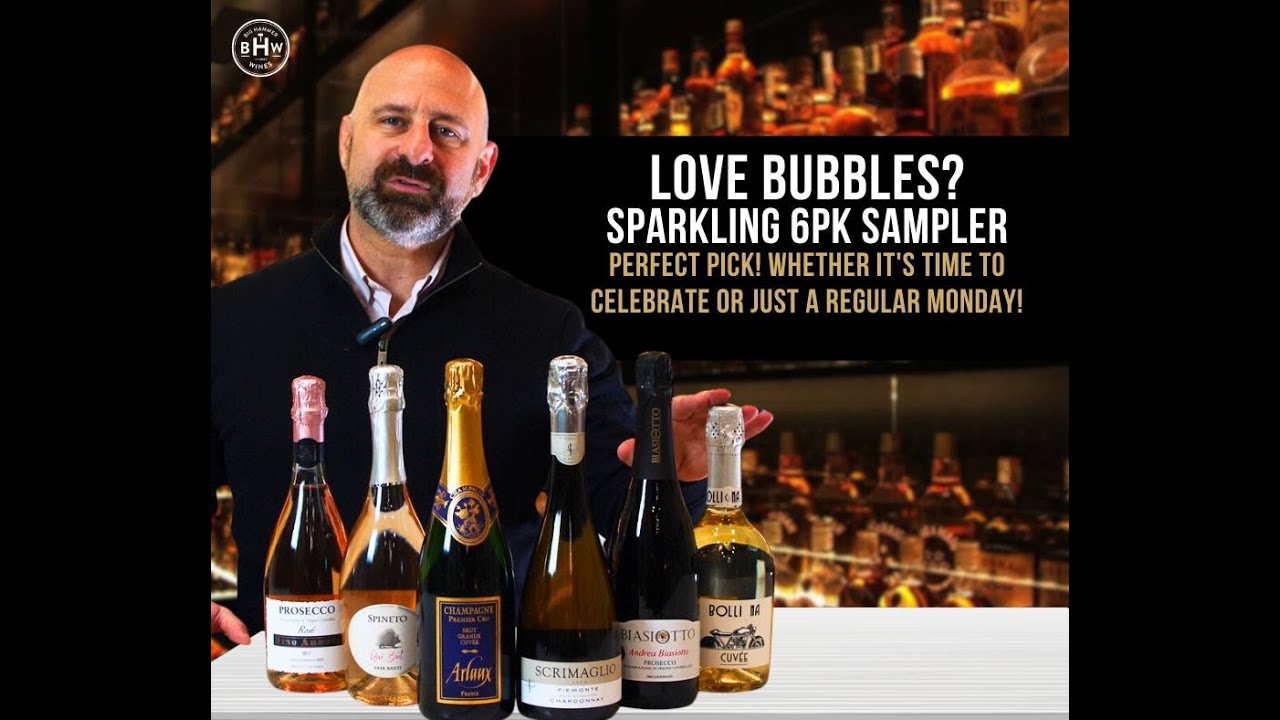
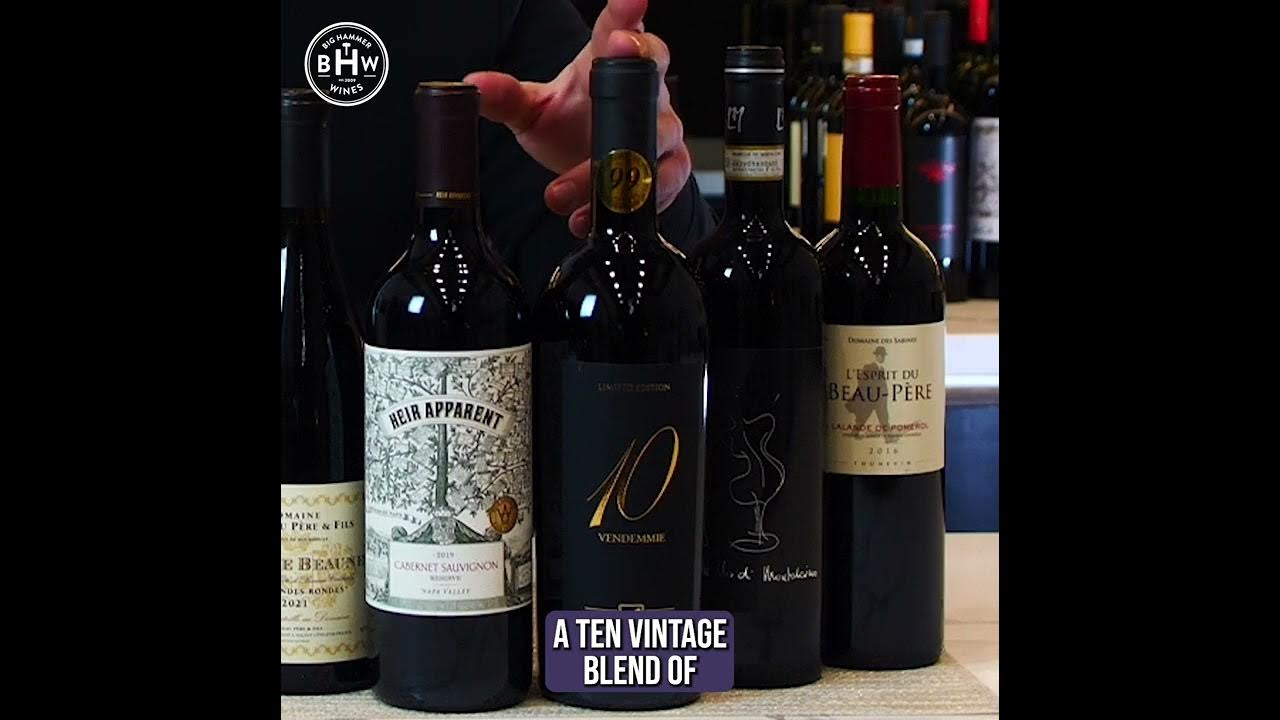
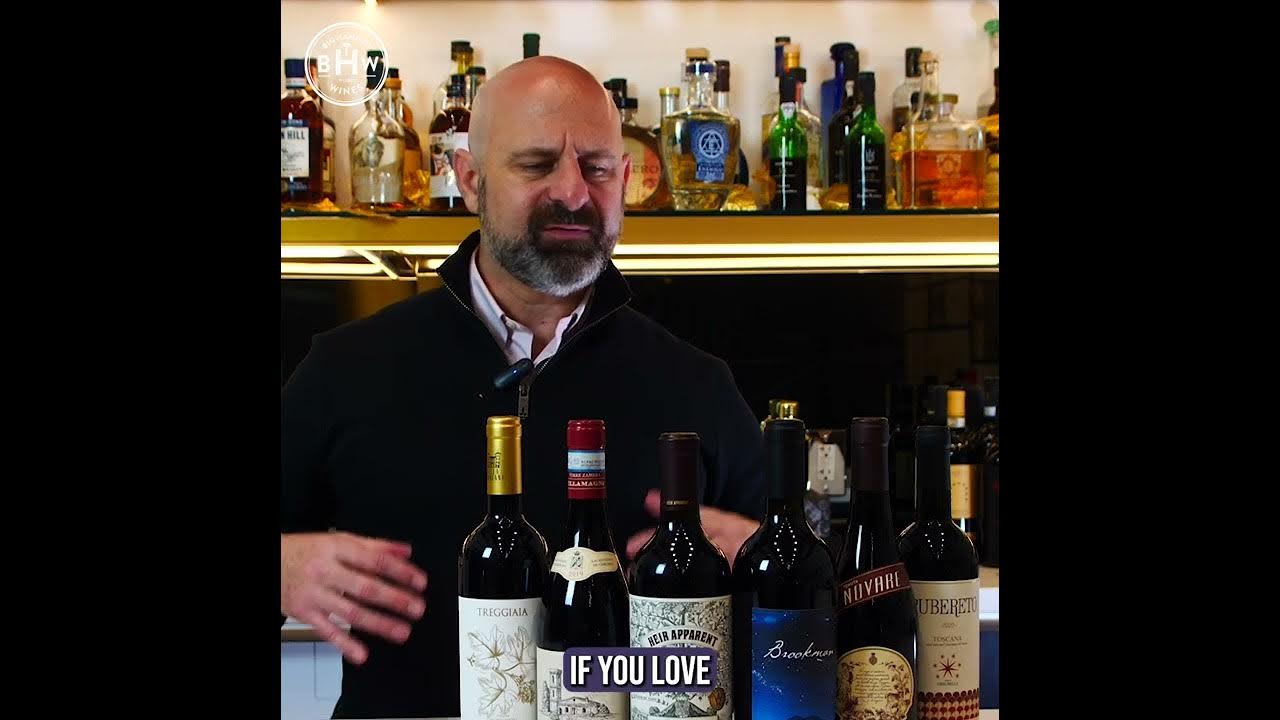
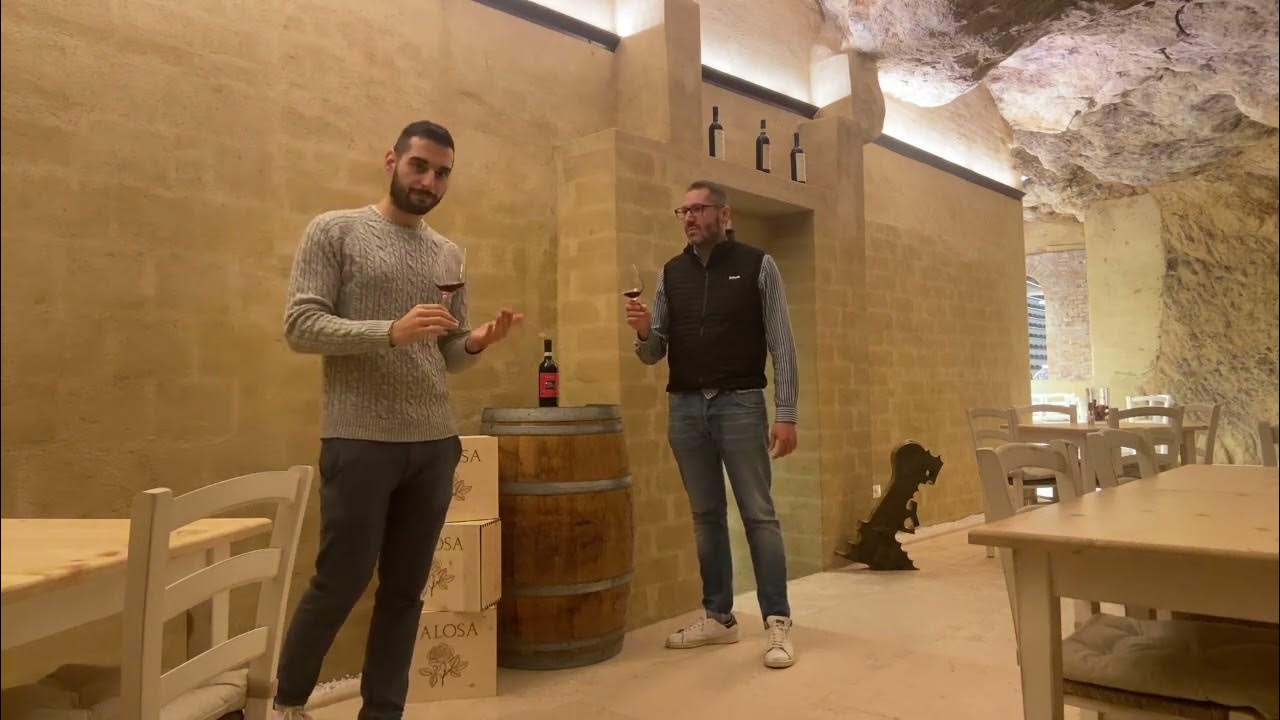
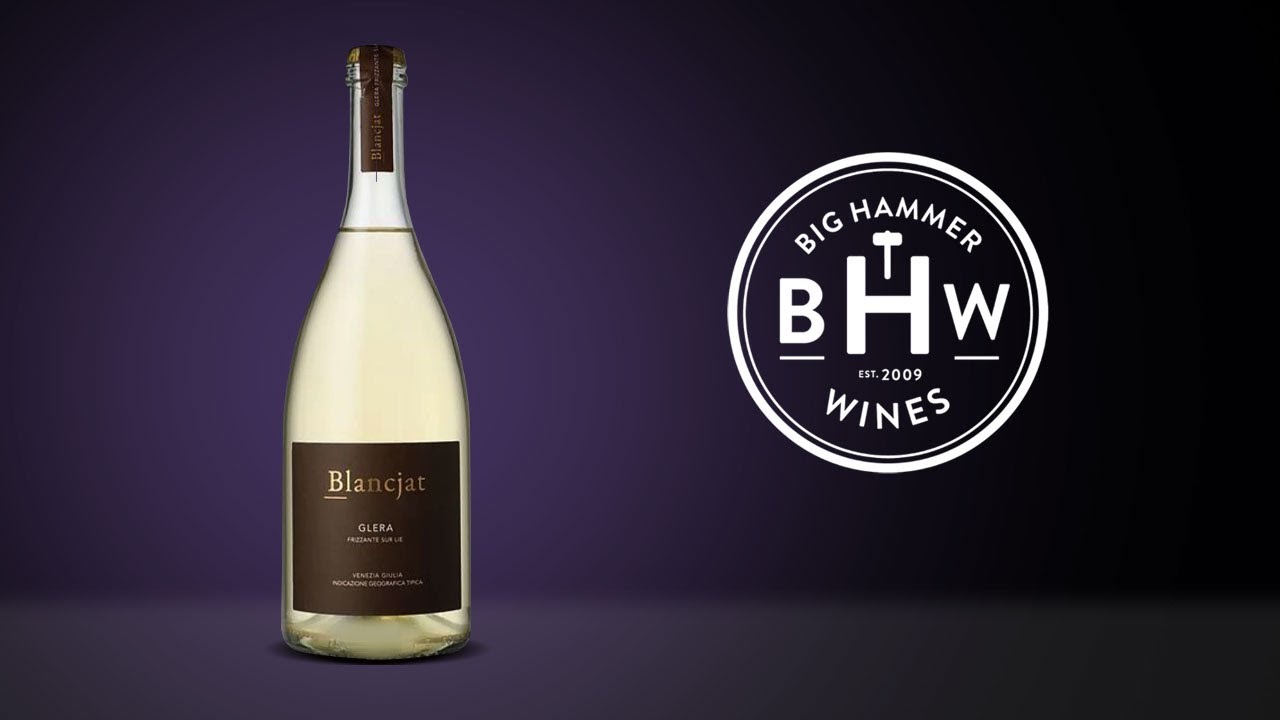
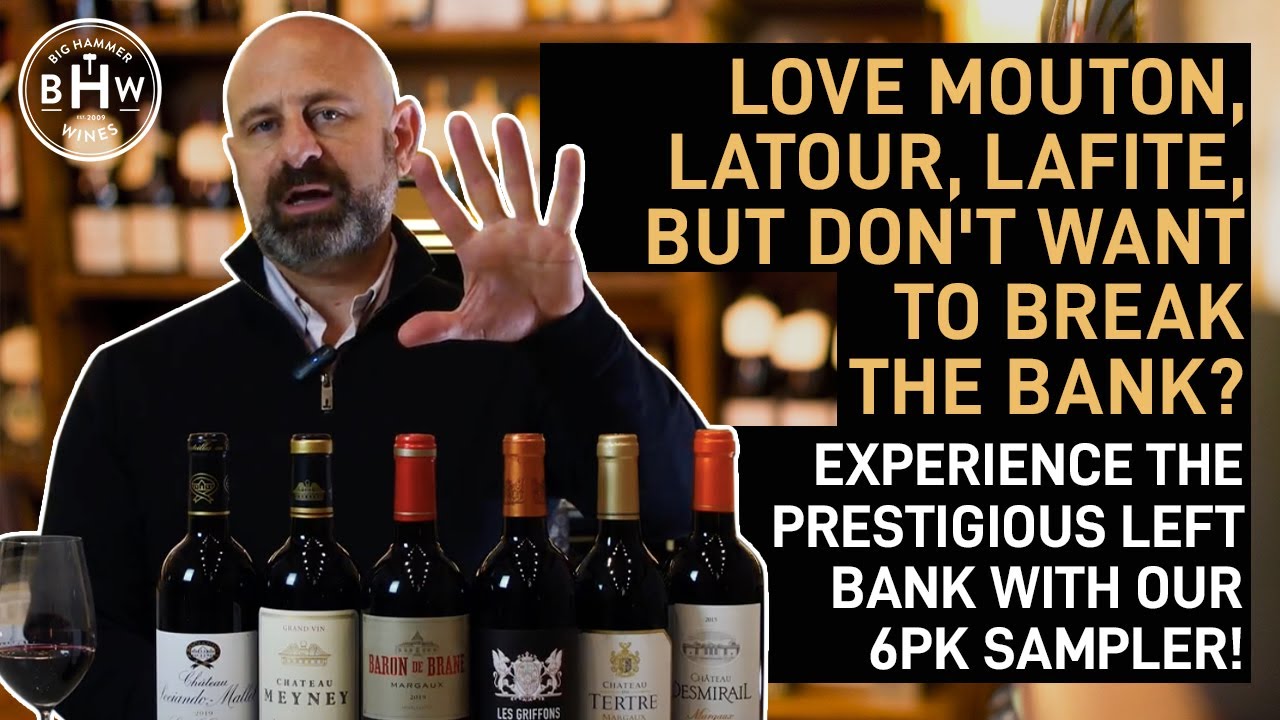
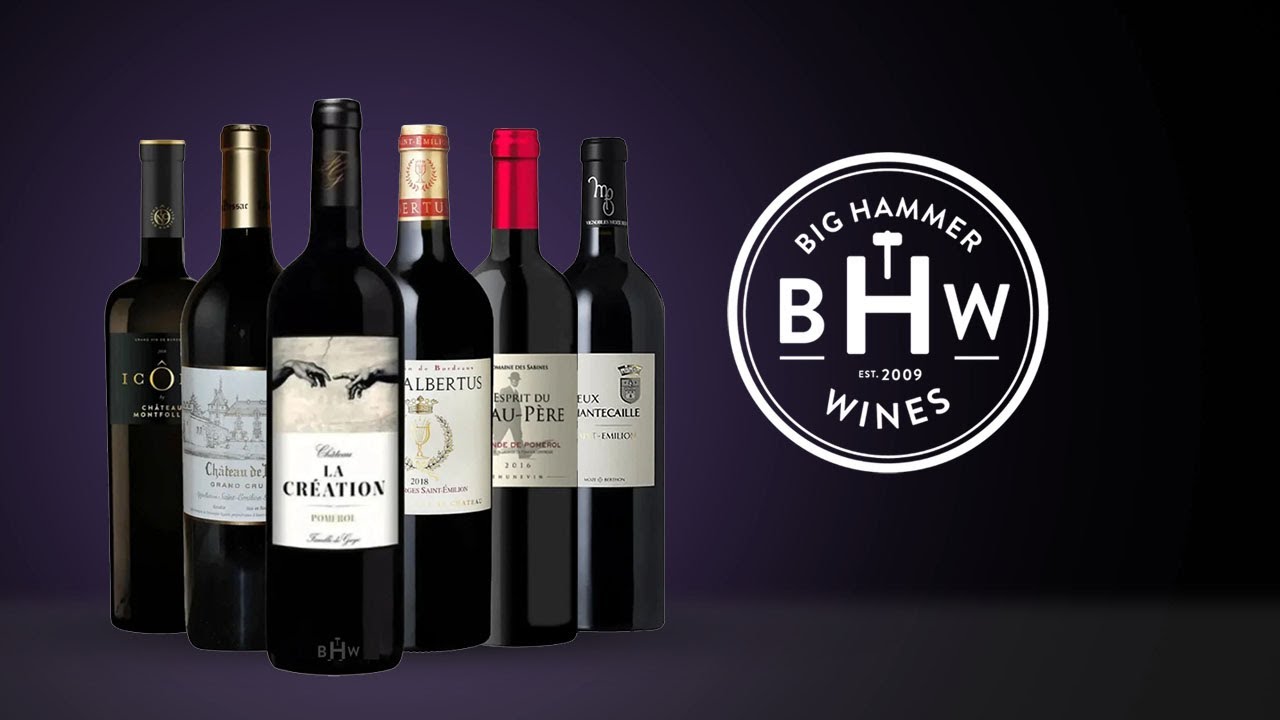
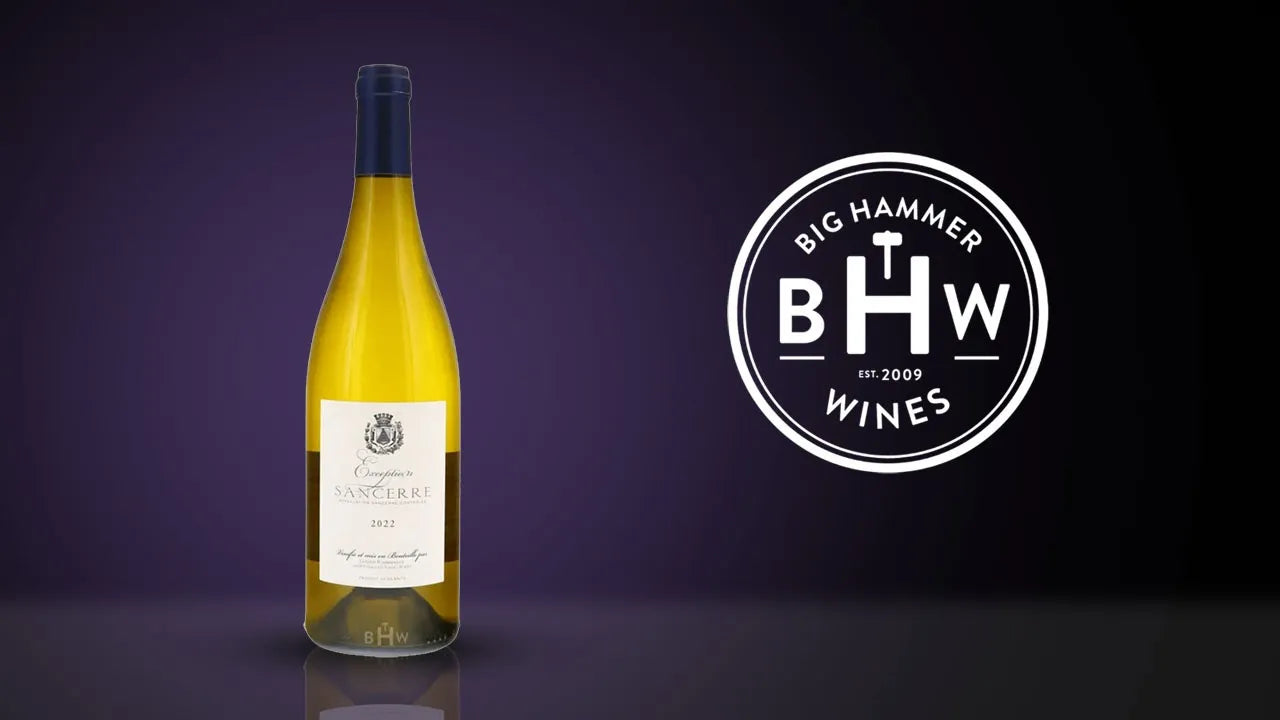
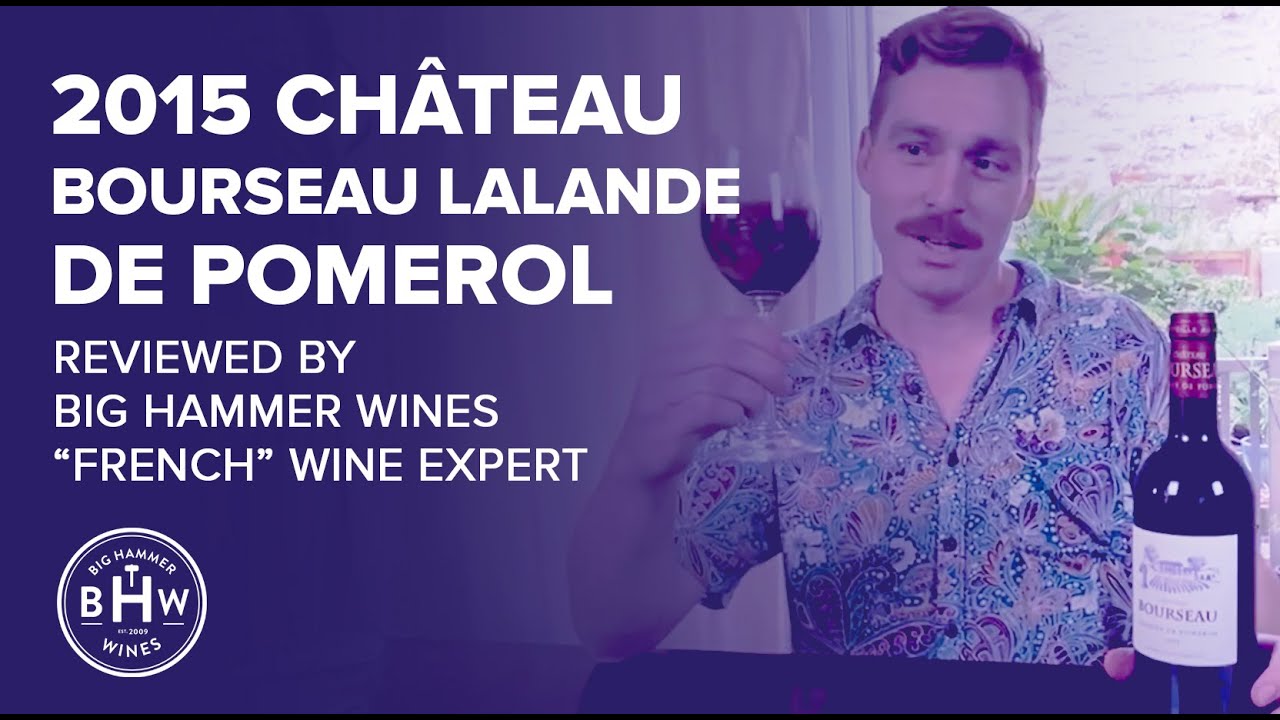
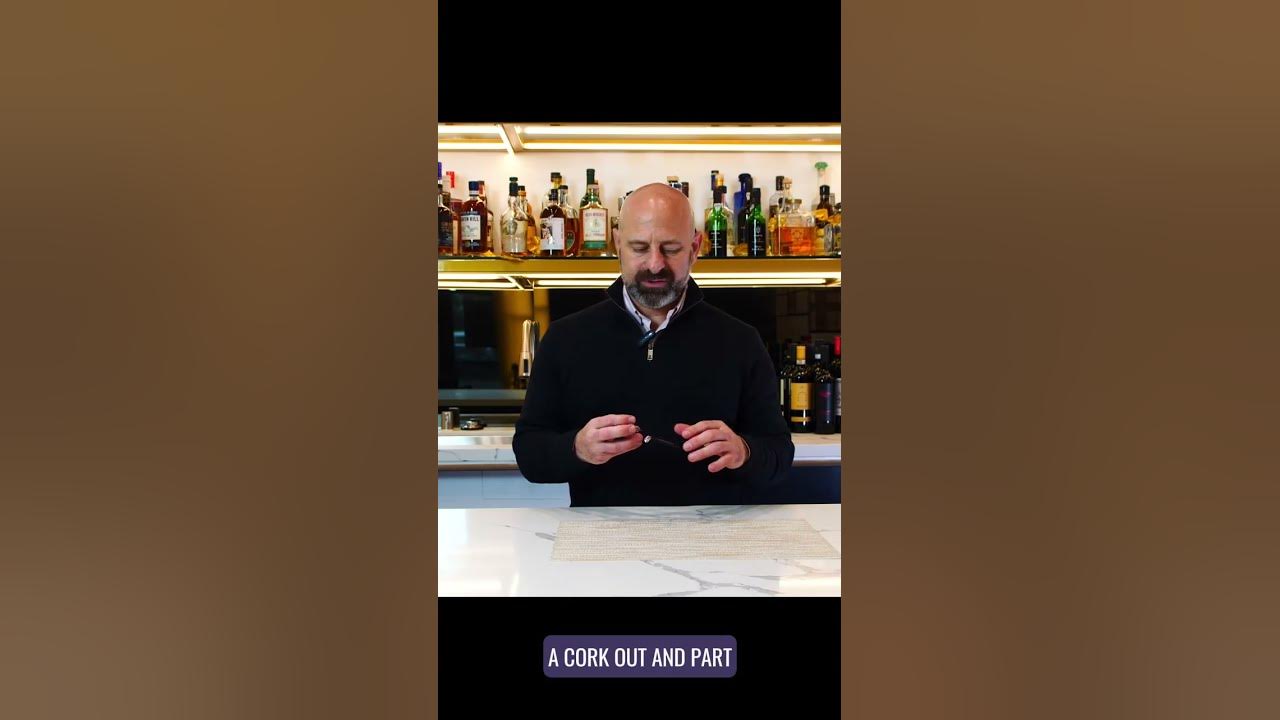
Share:
Celebrating International Syrah Day: A Guide to the World’s Boldest Red
Vinous Media’s 10-Year Retrospective: How 2014 Napa Cabernet Became a Dark Horse
Comments Section